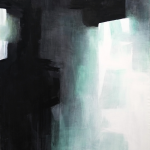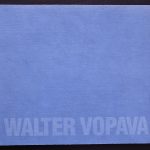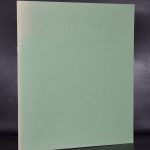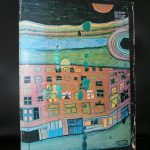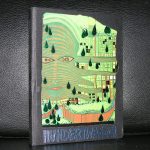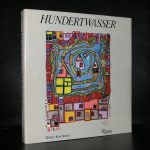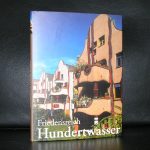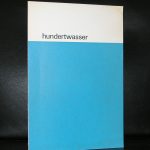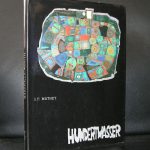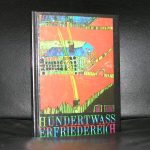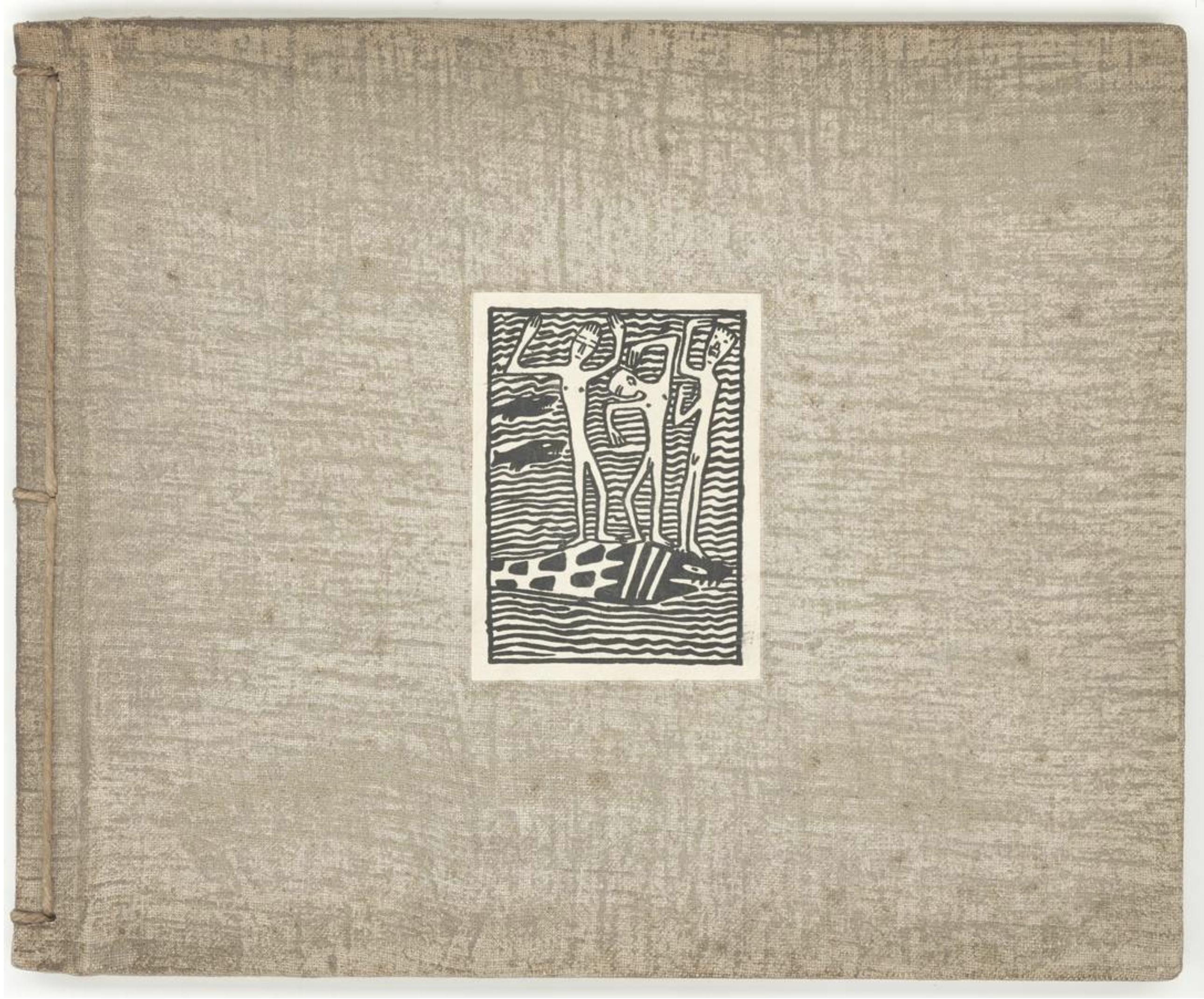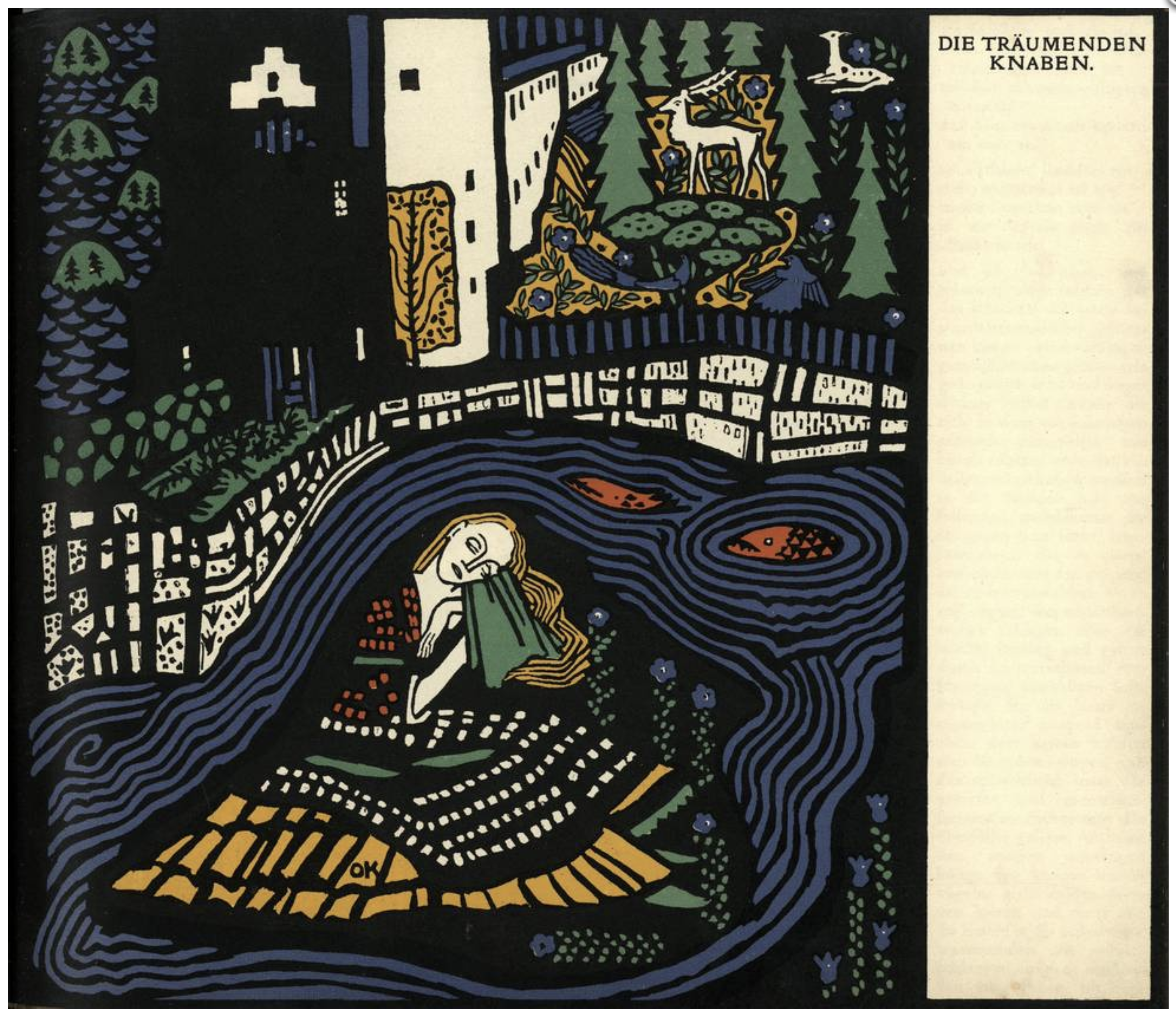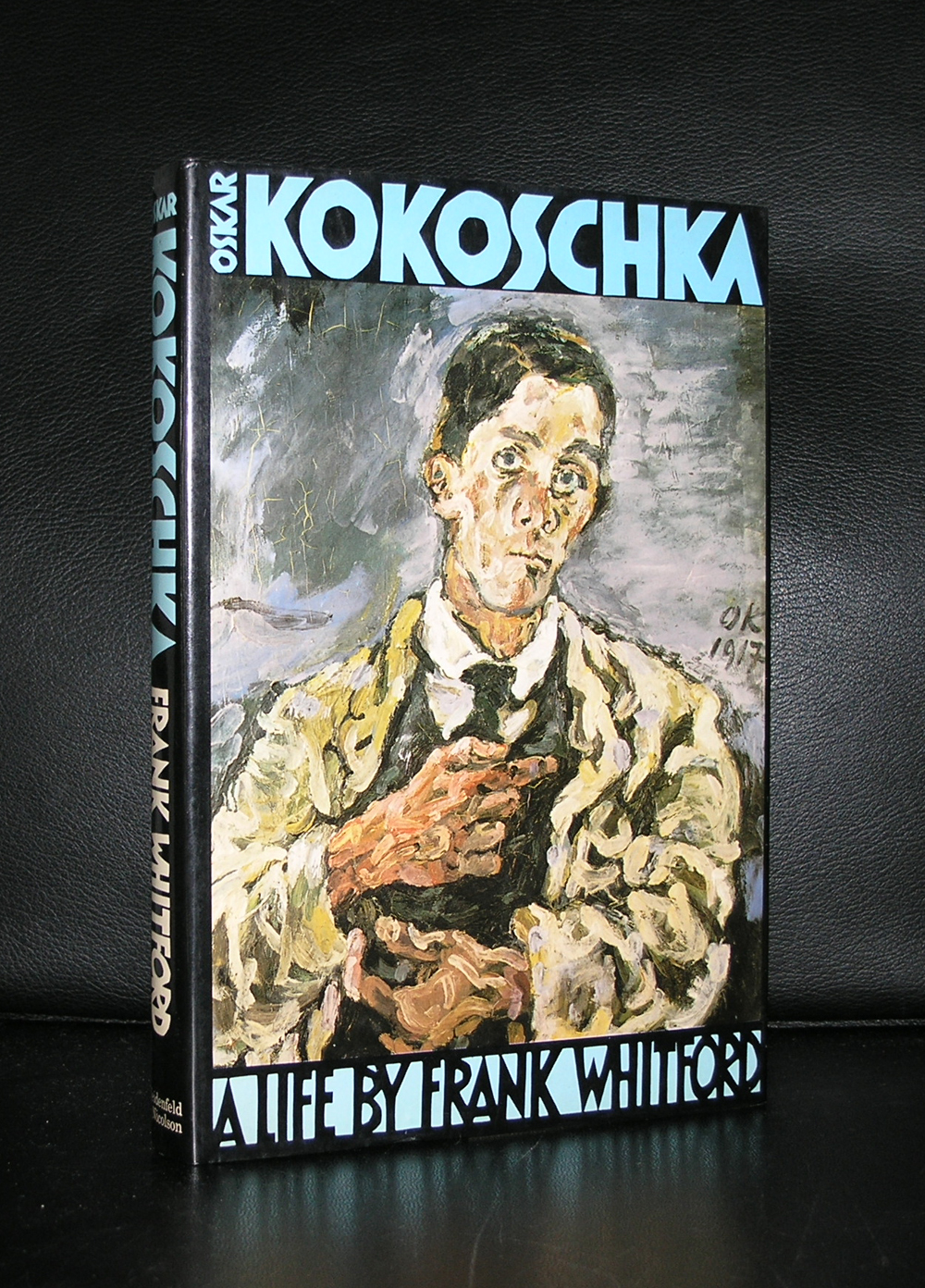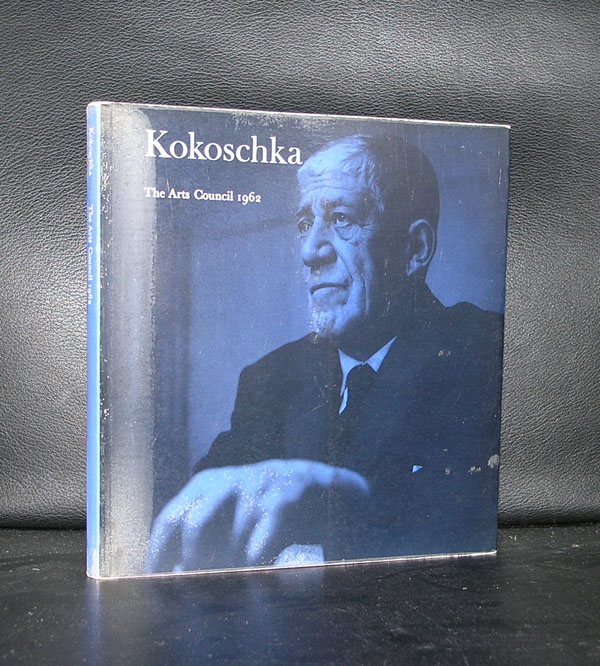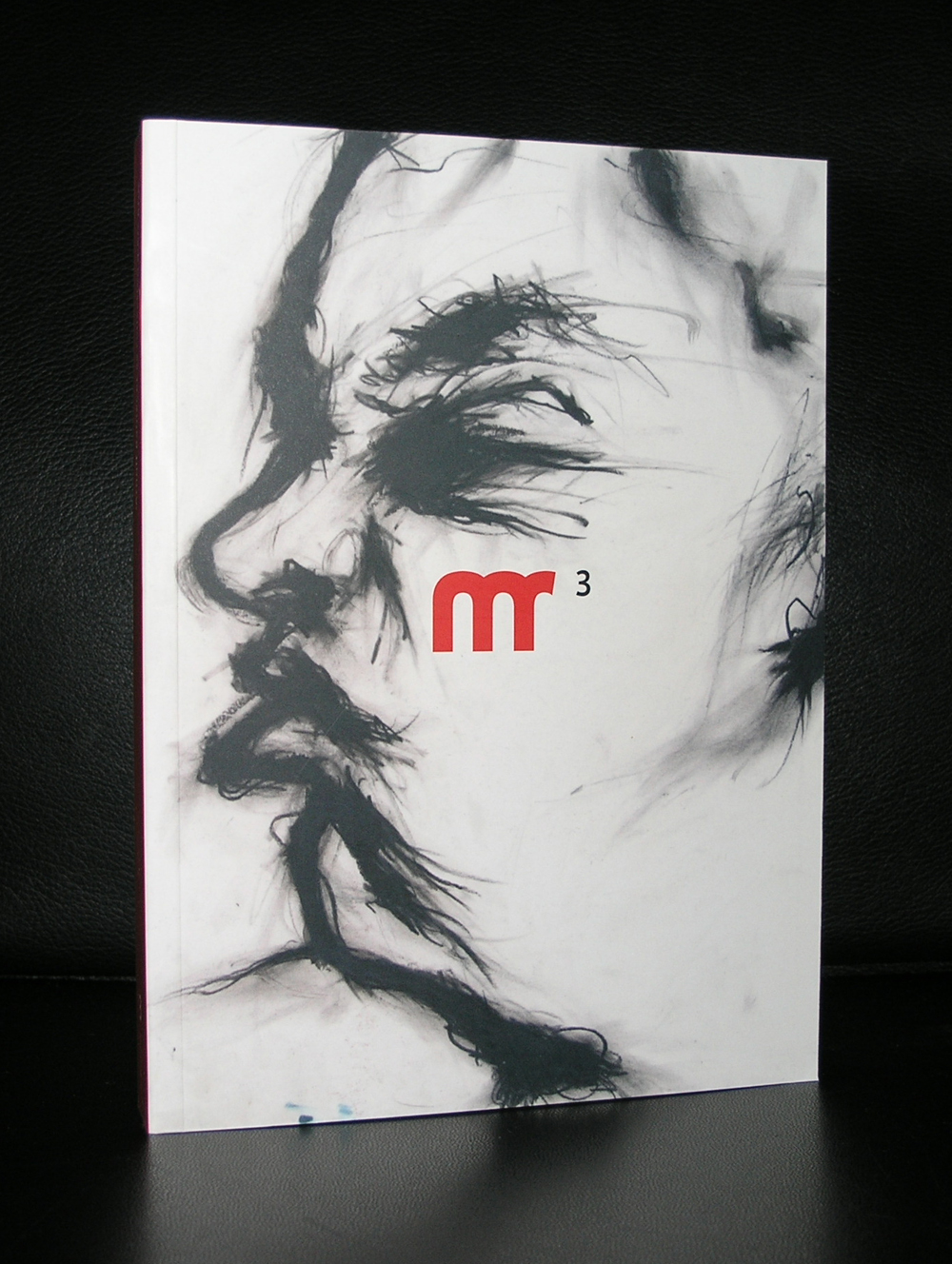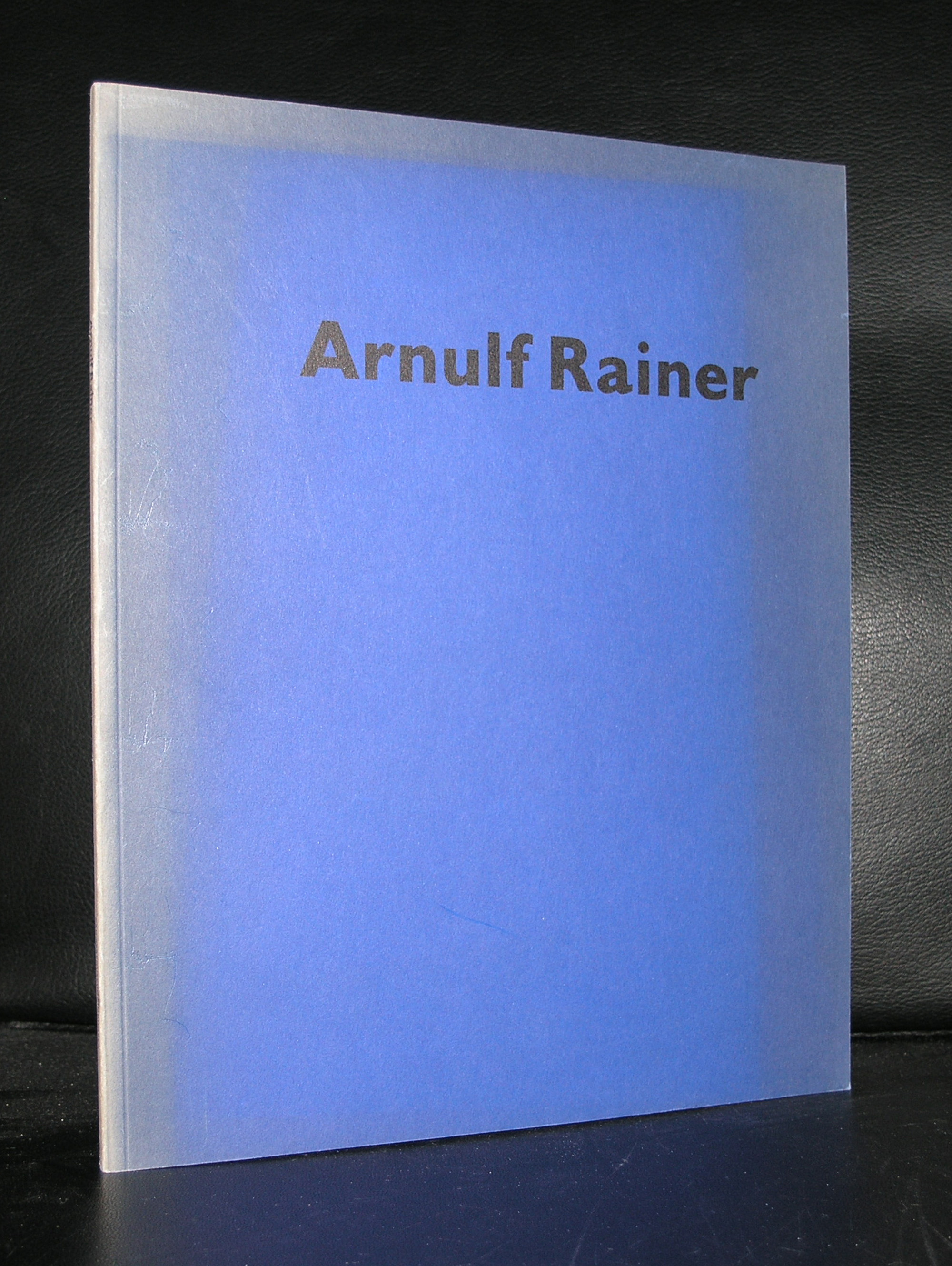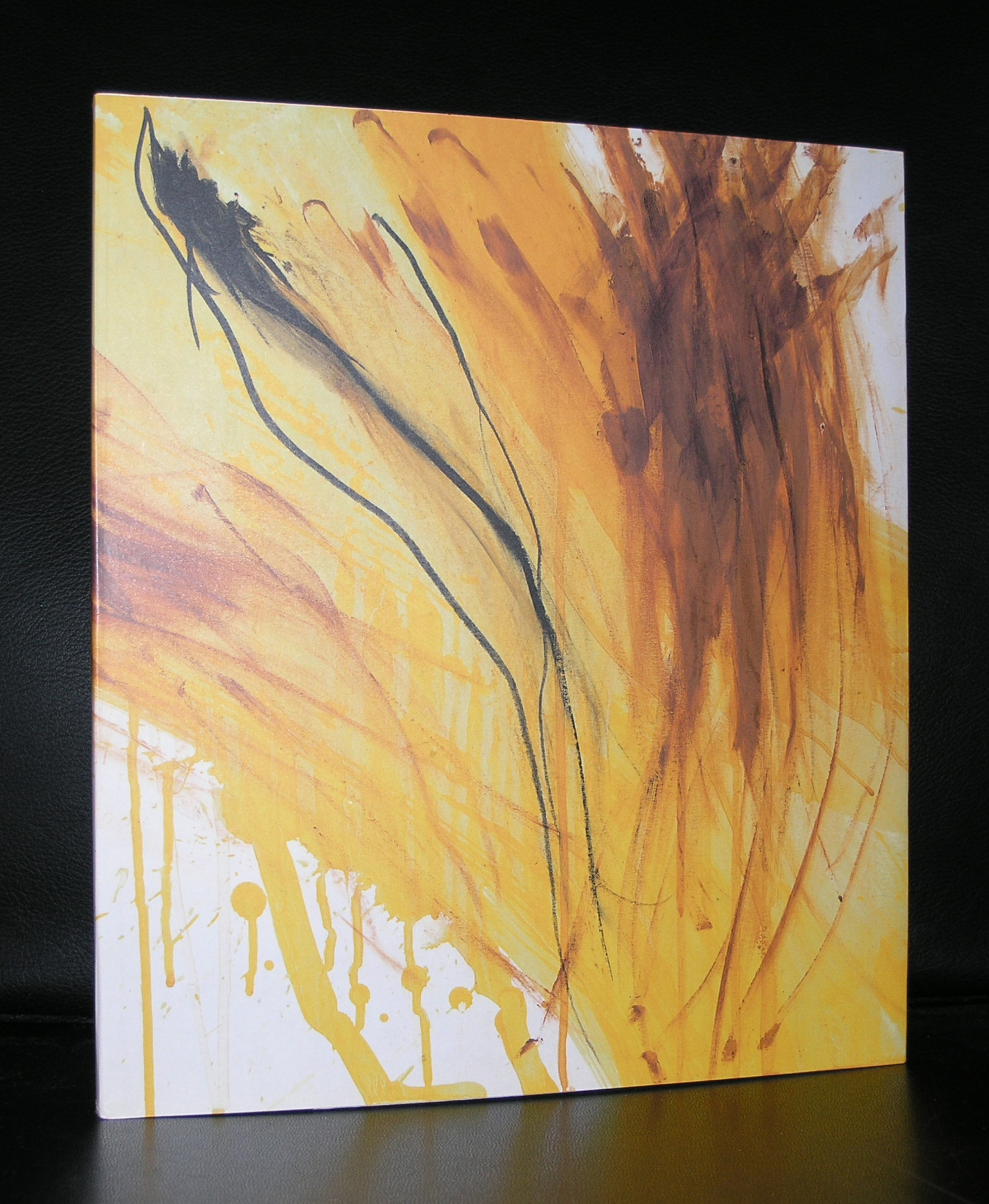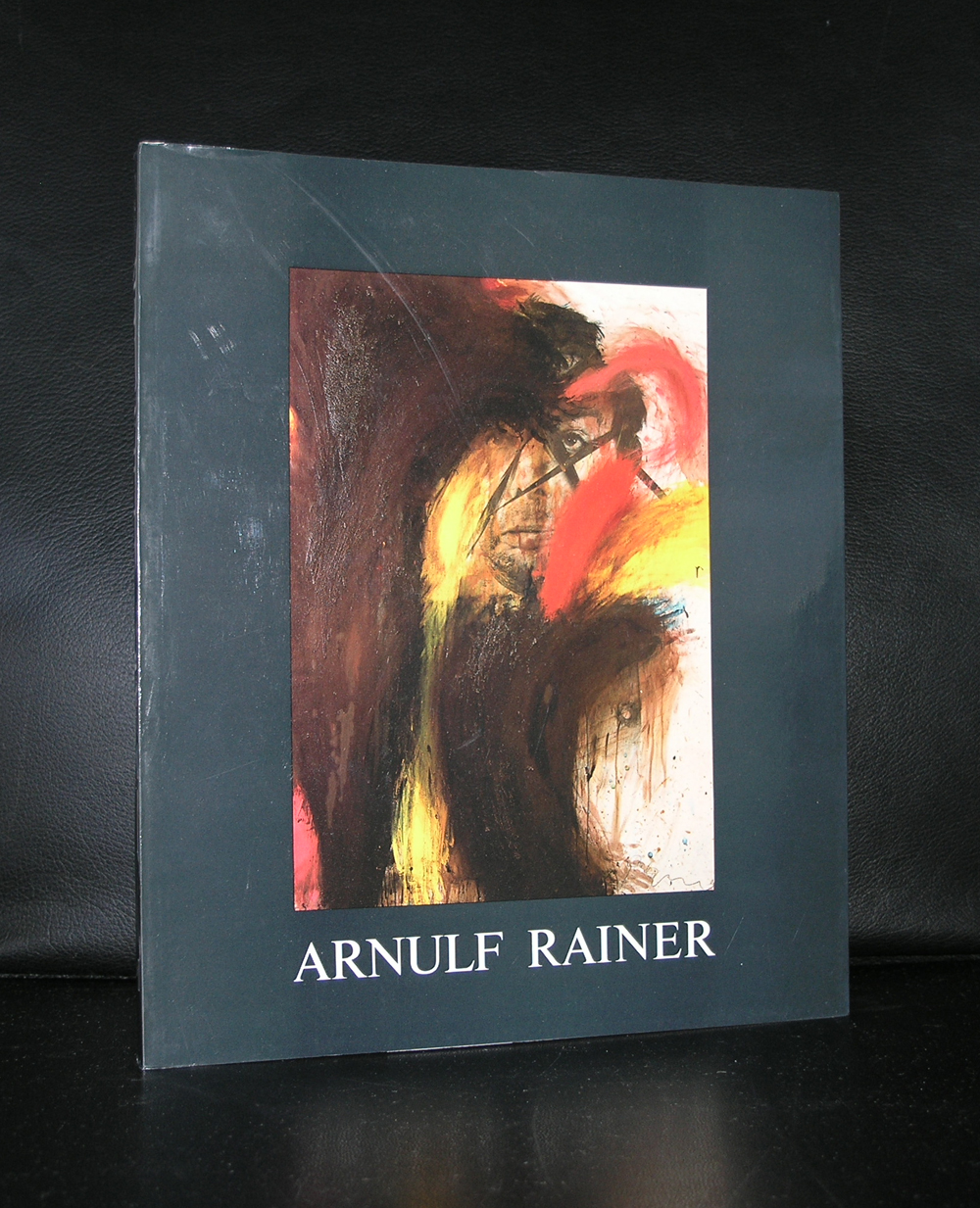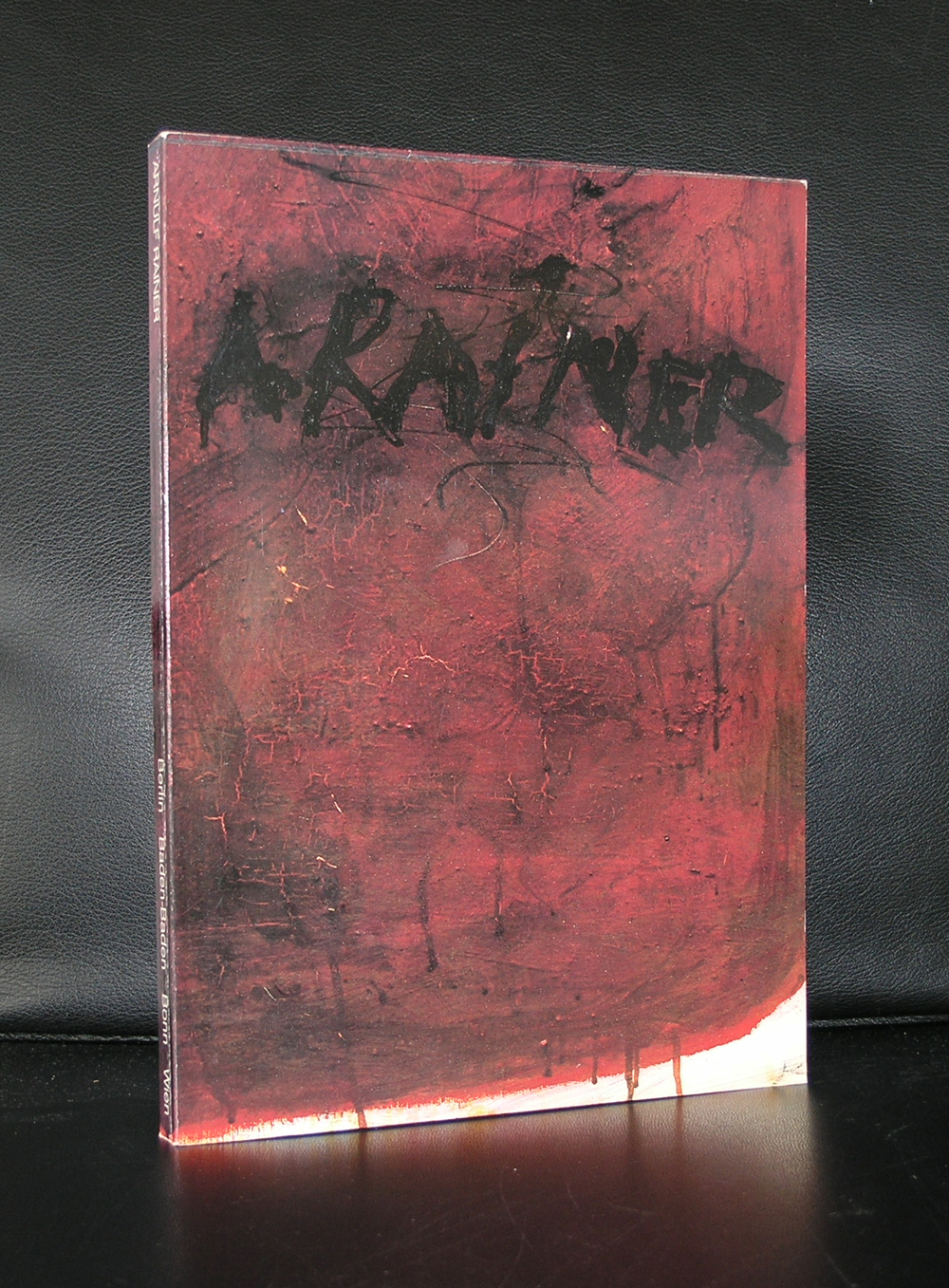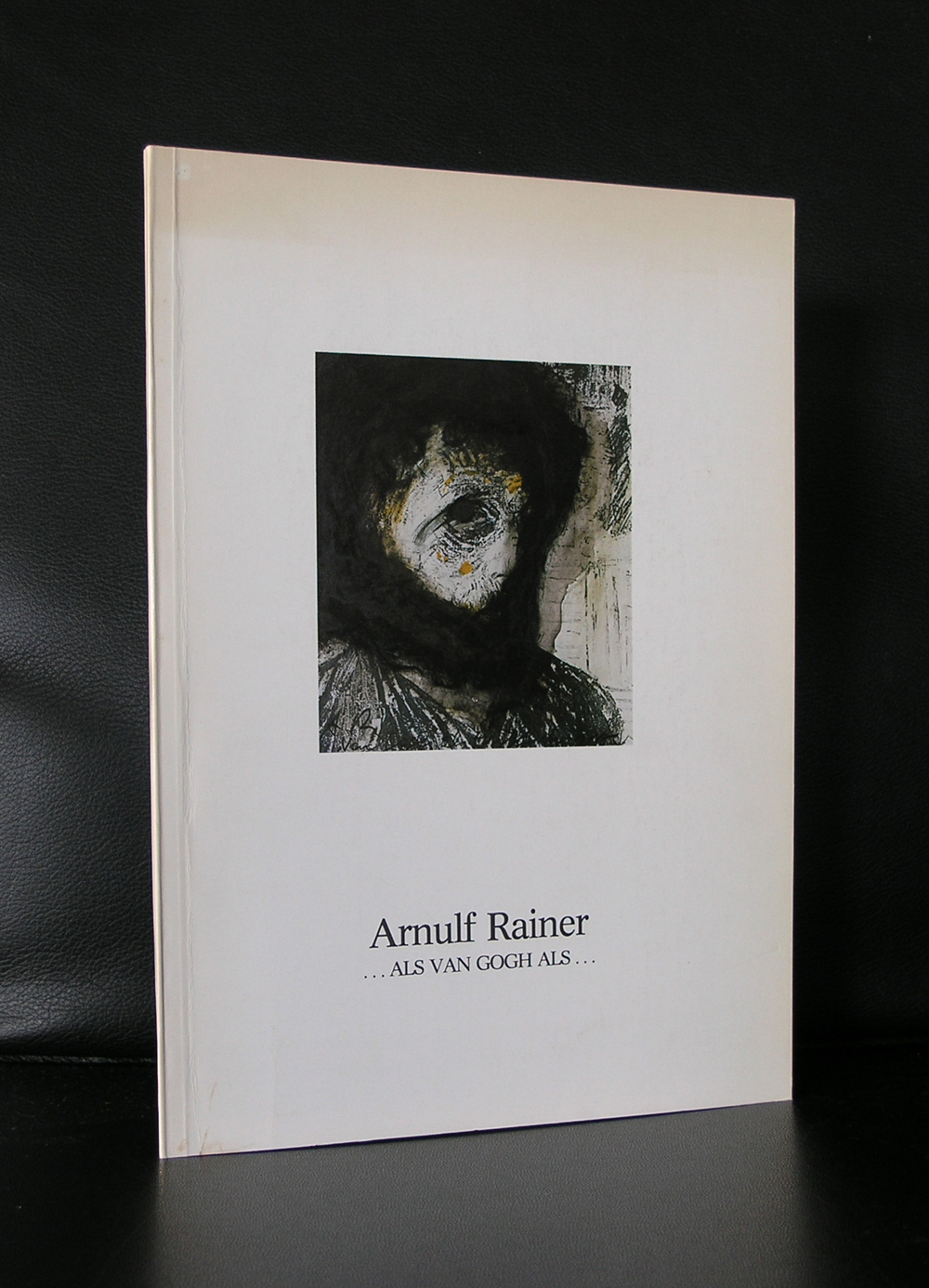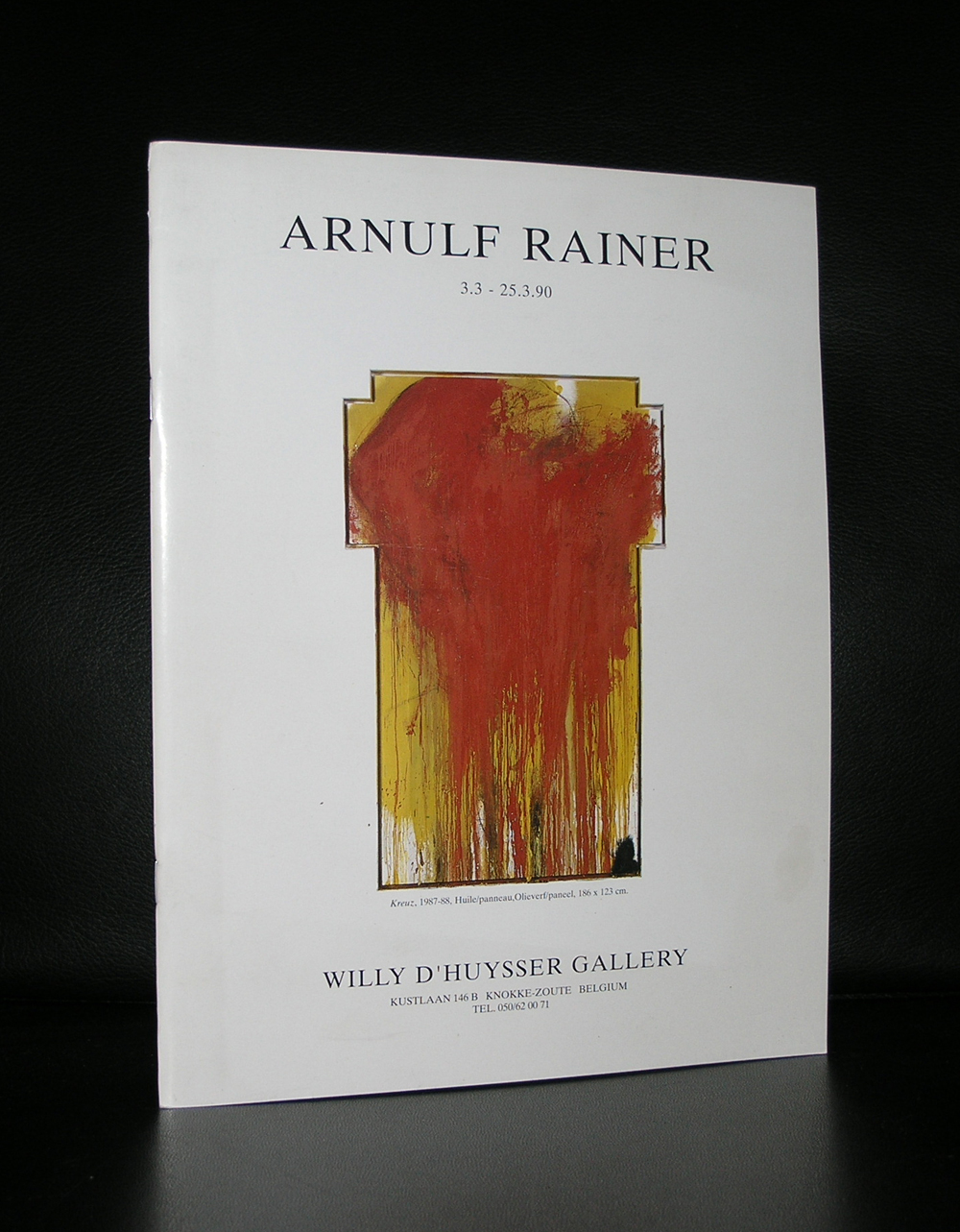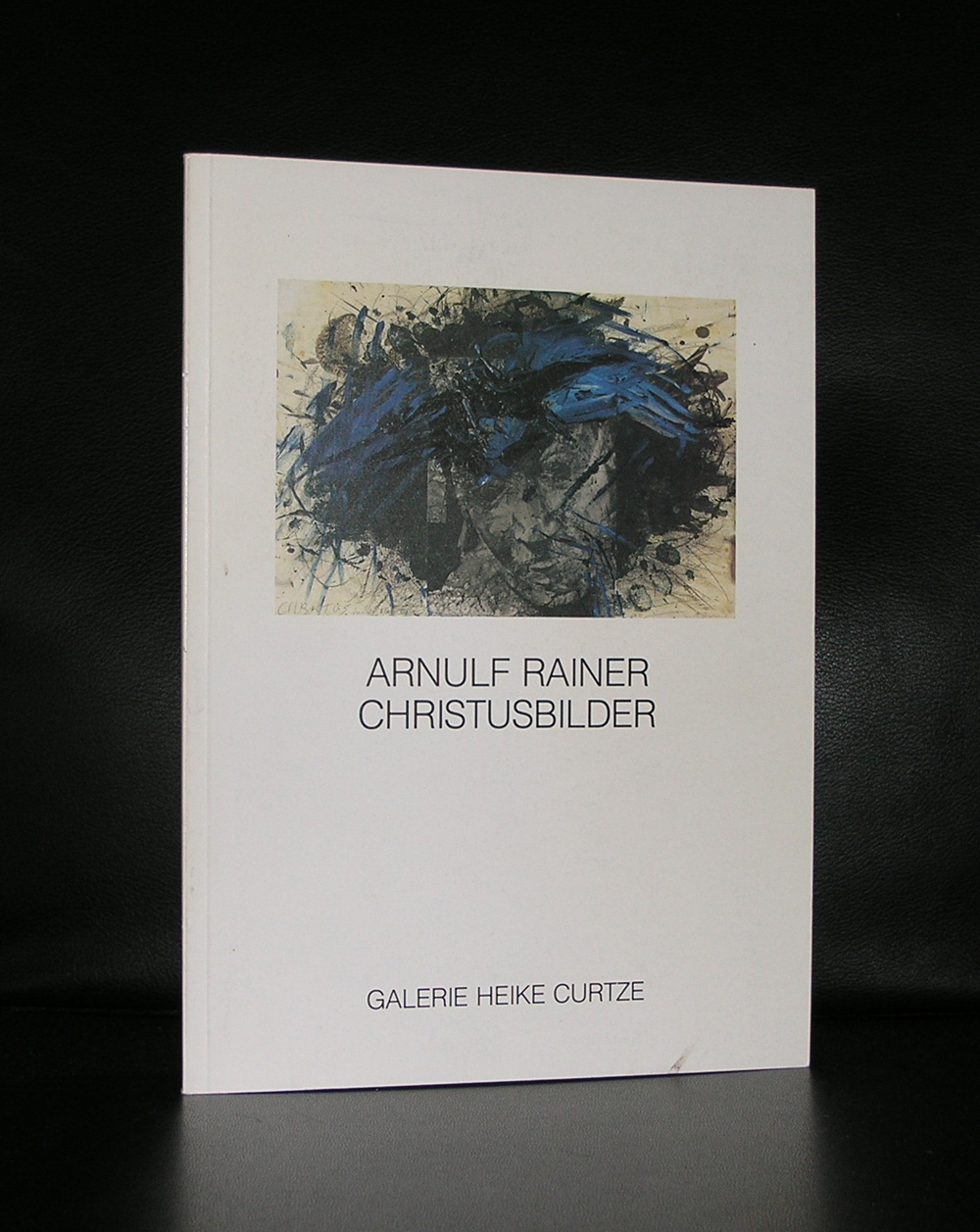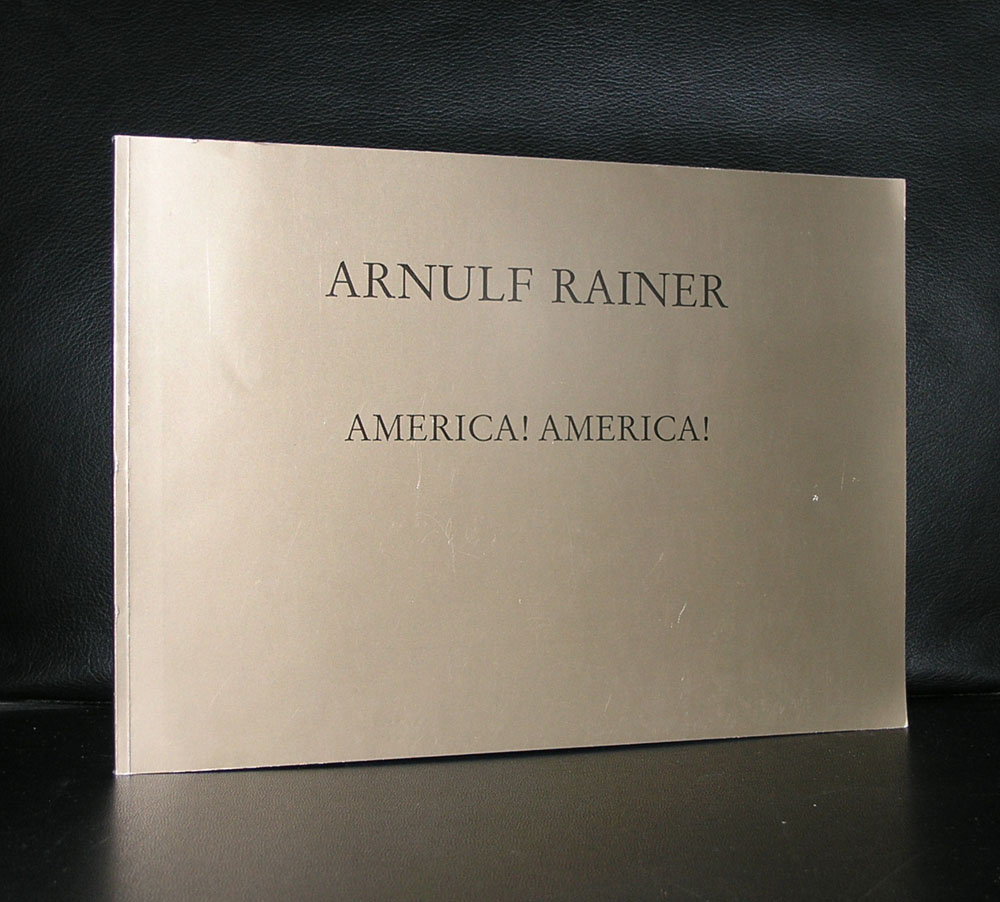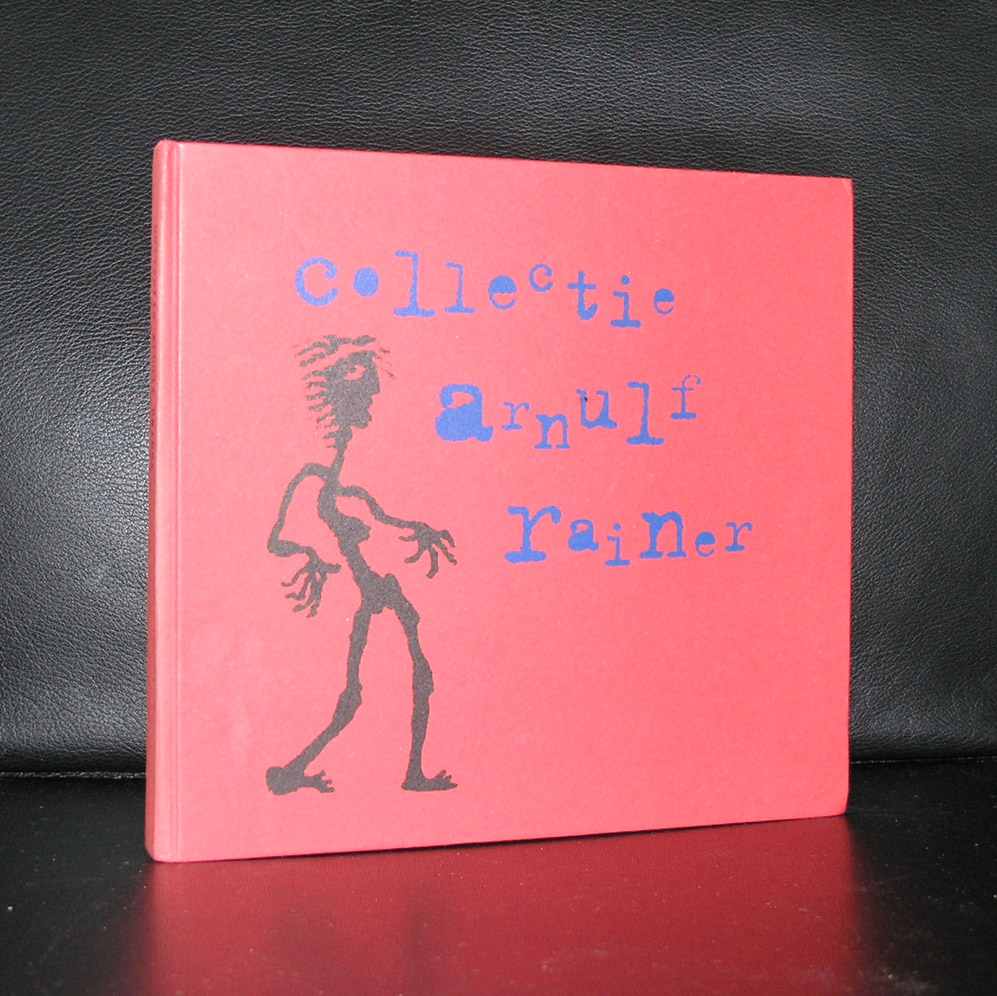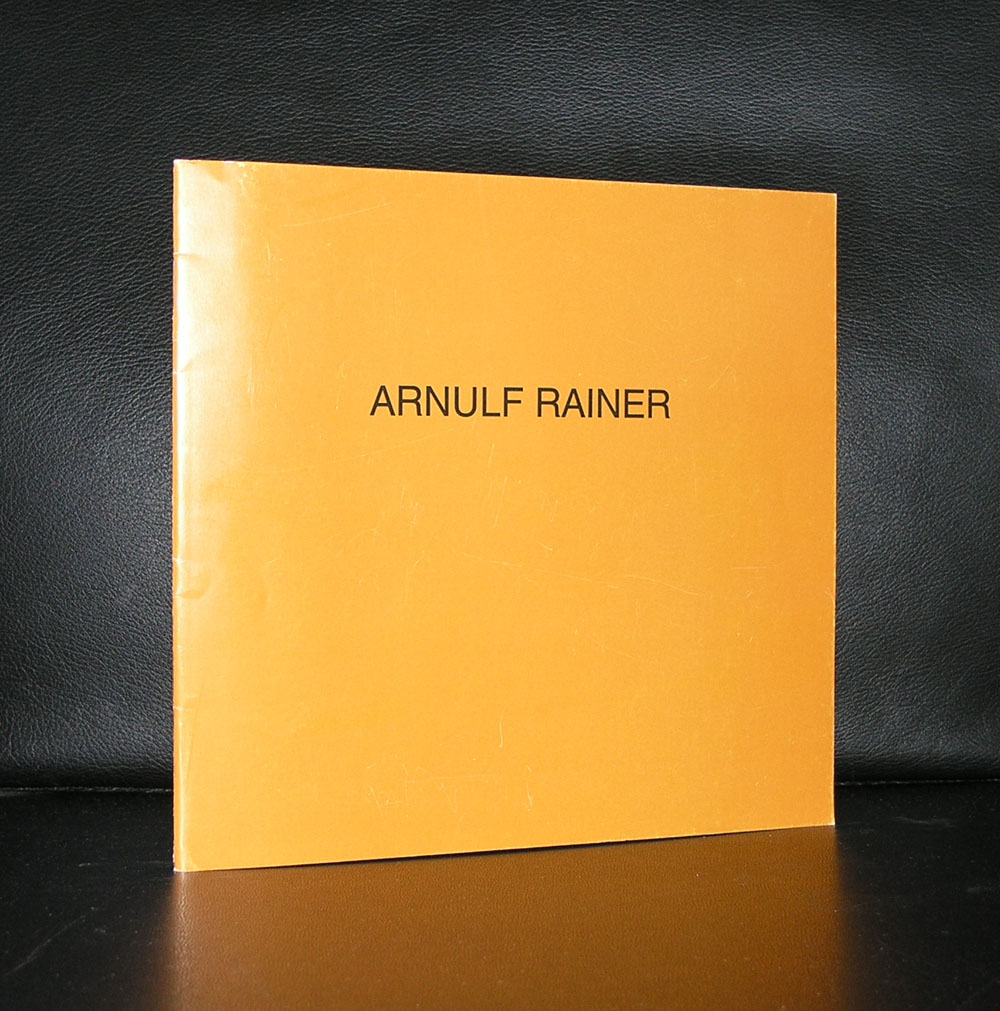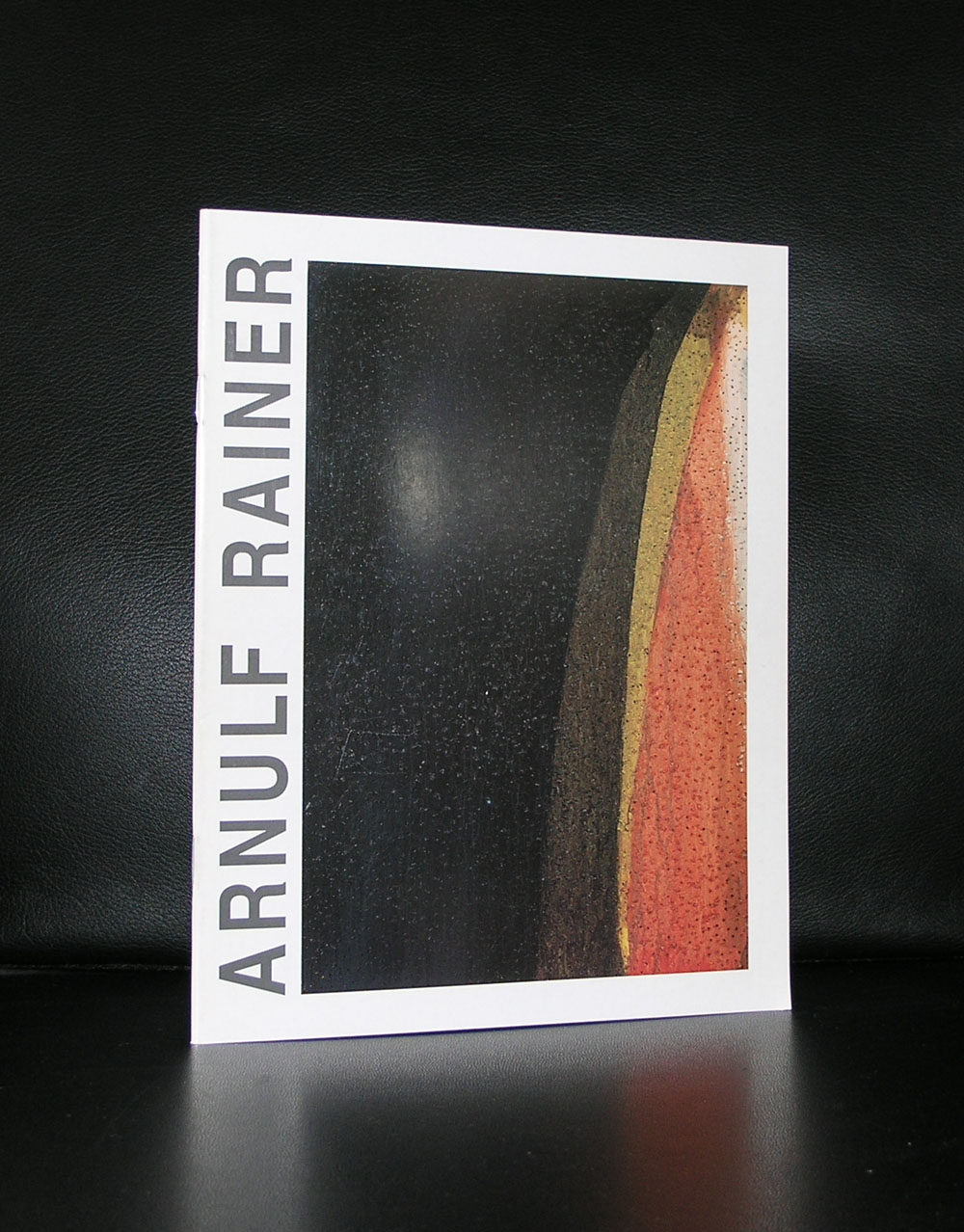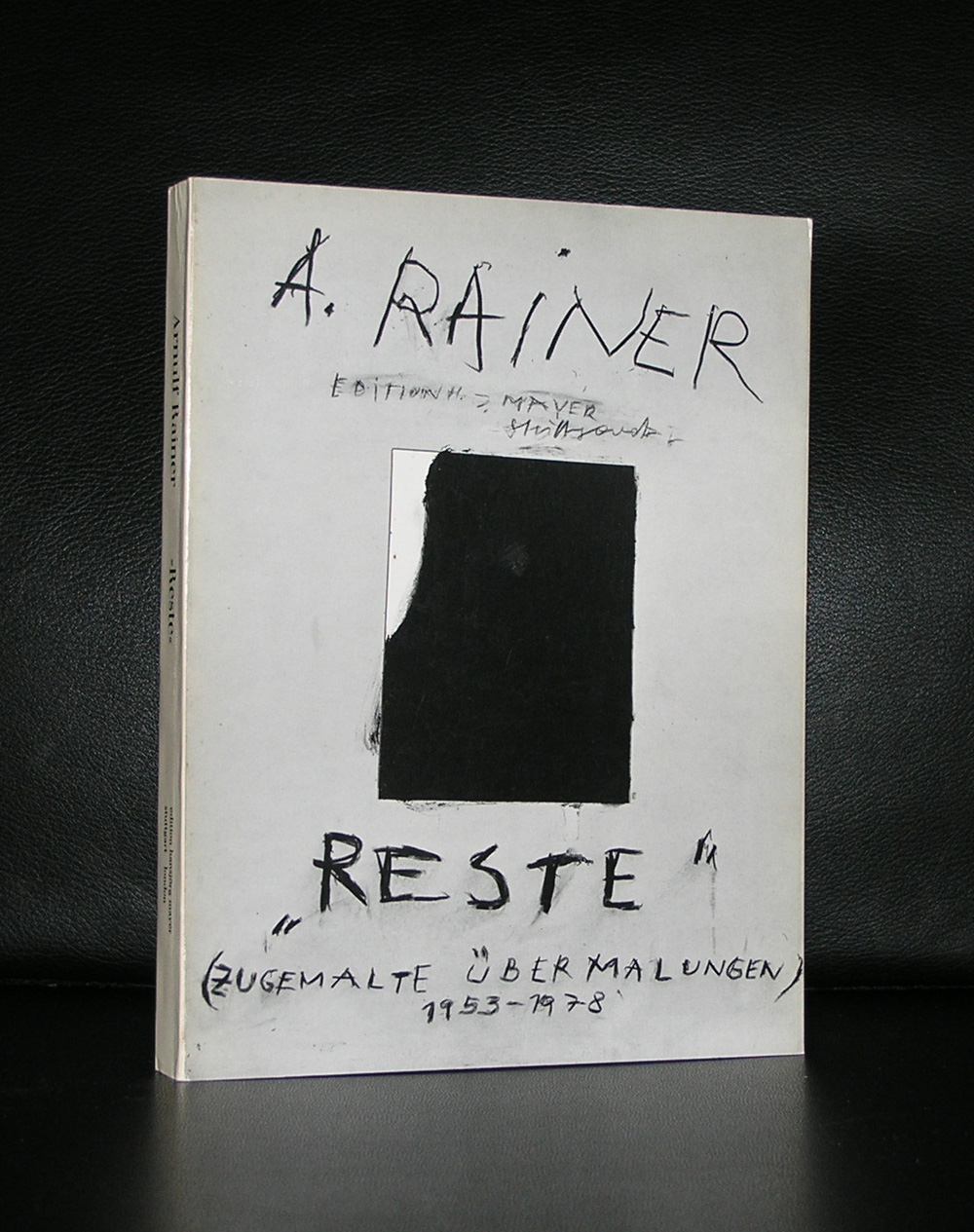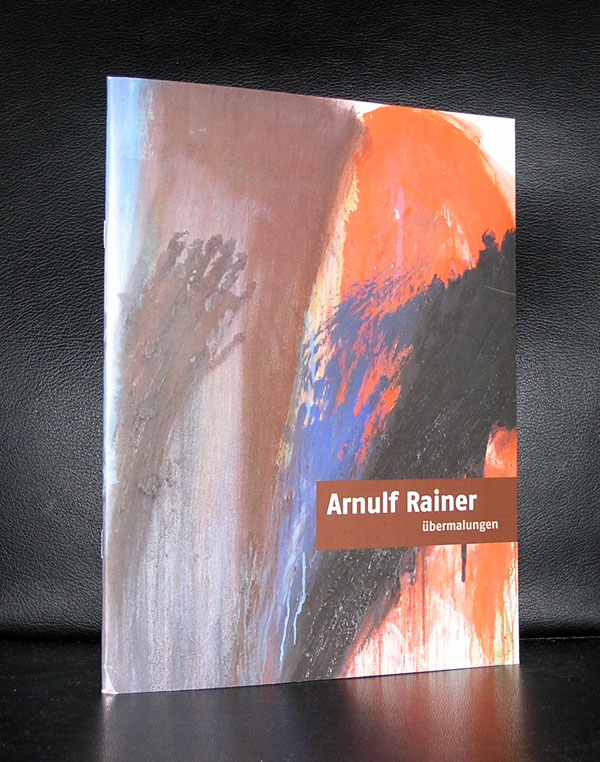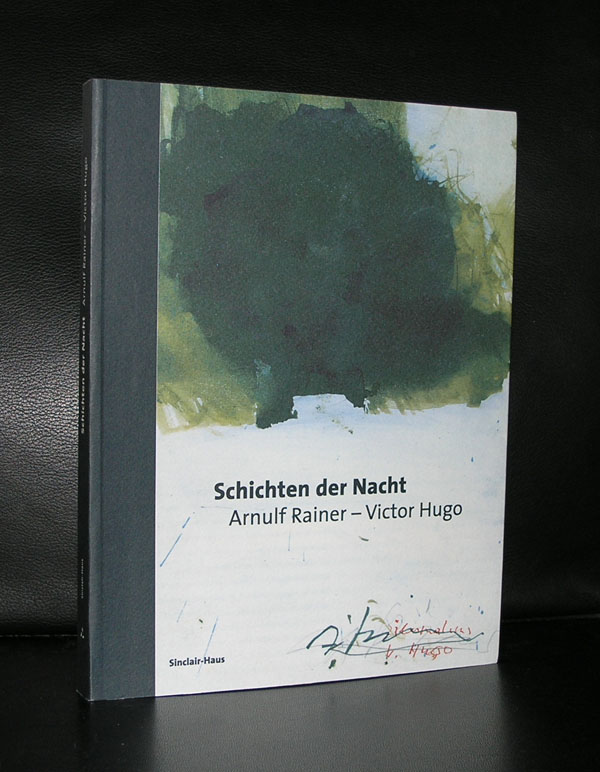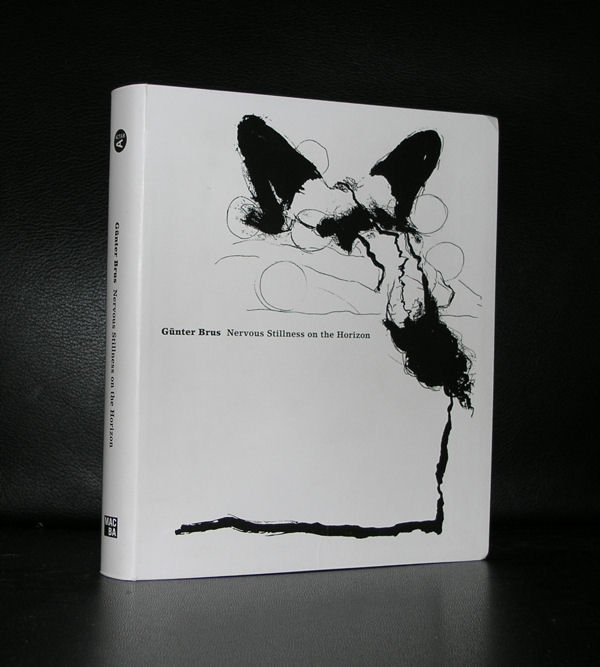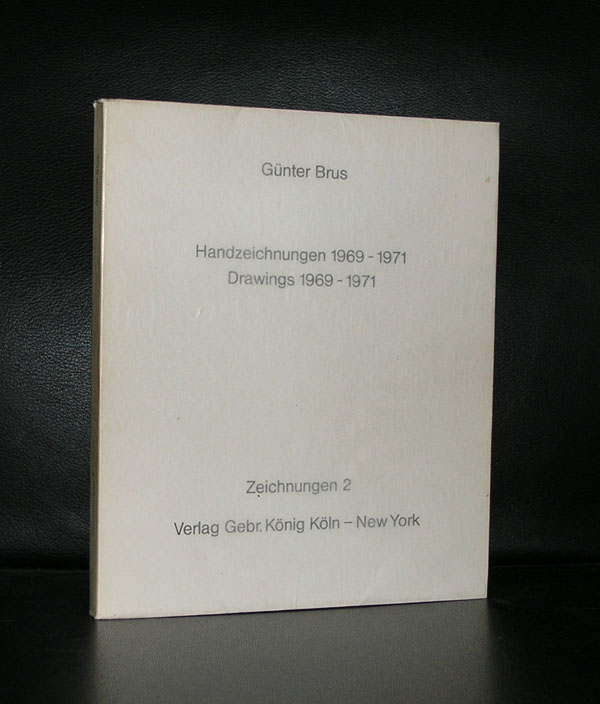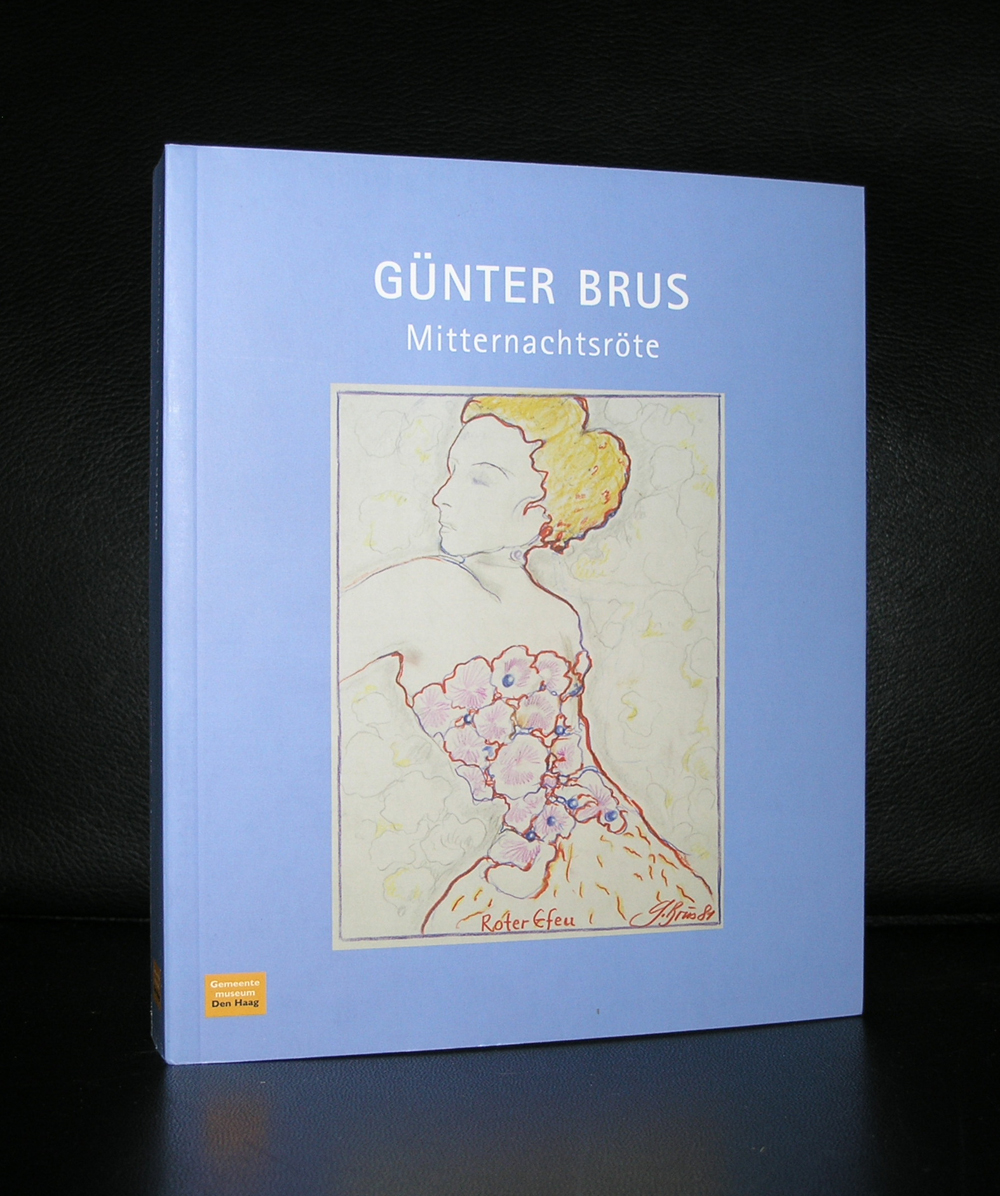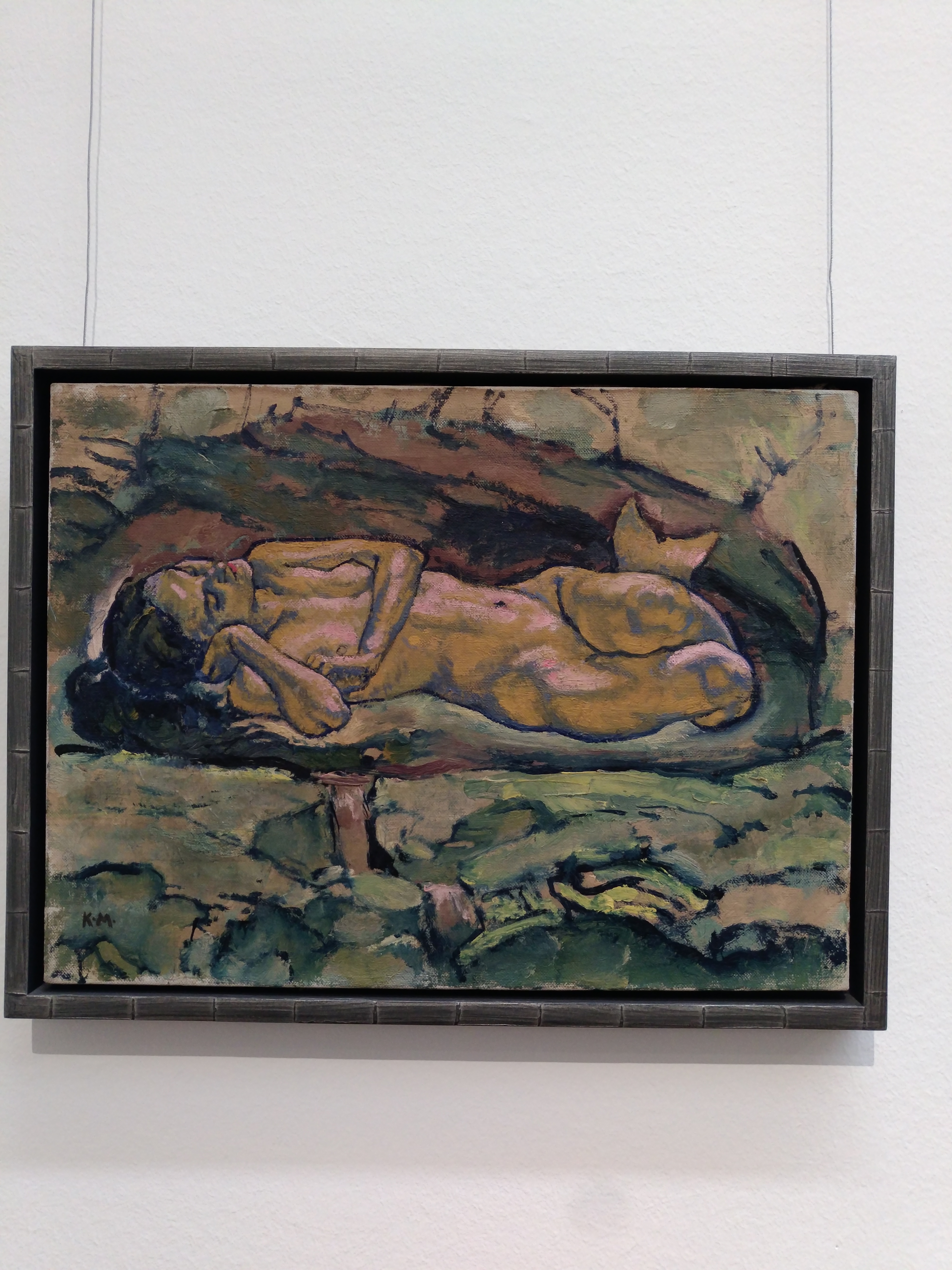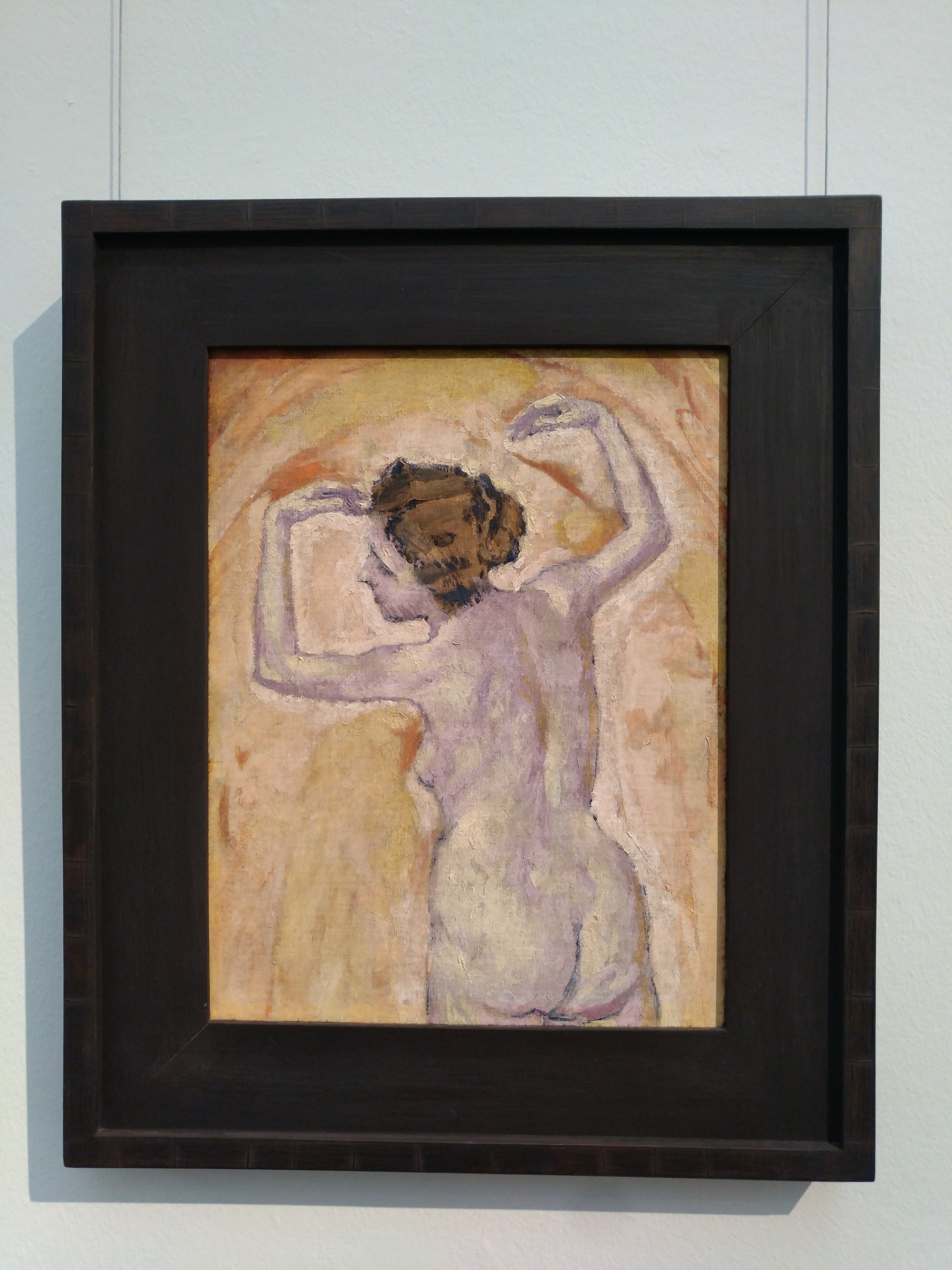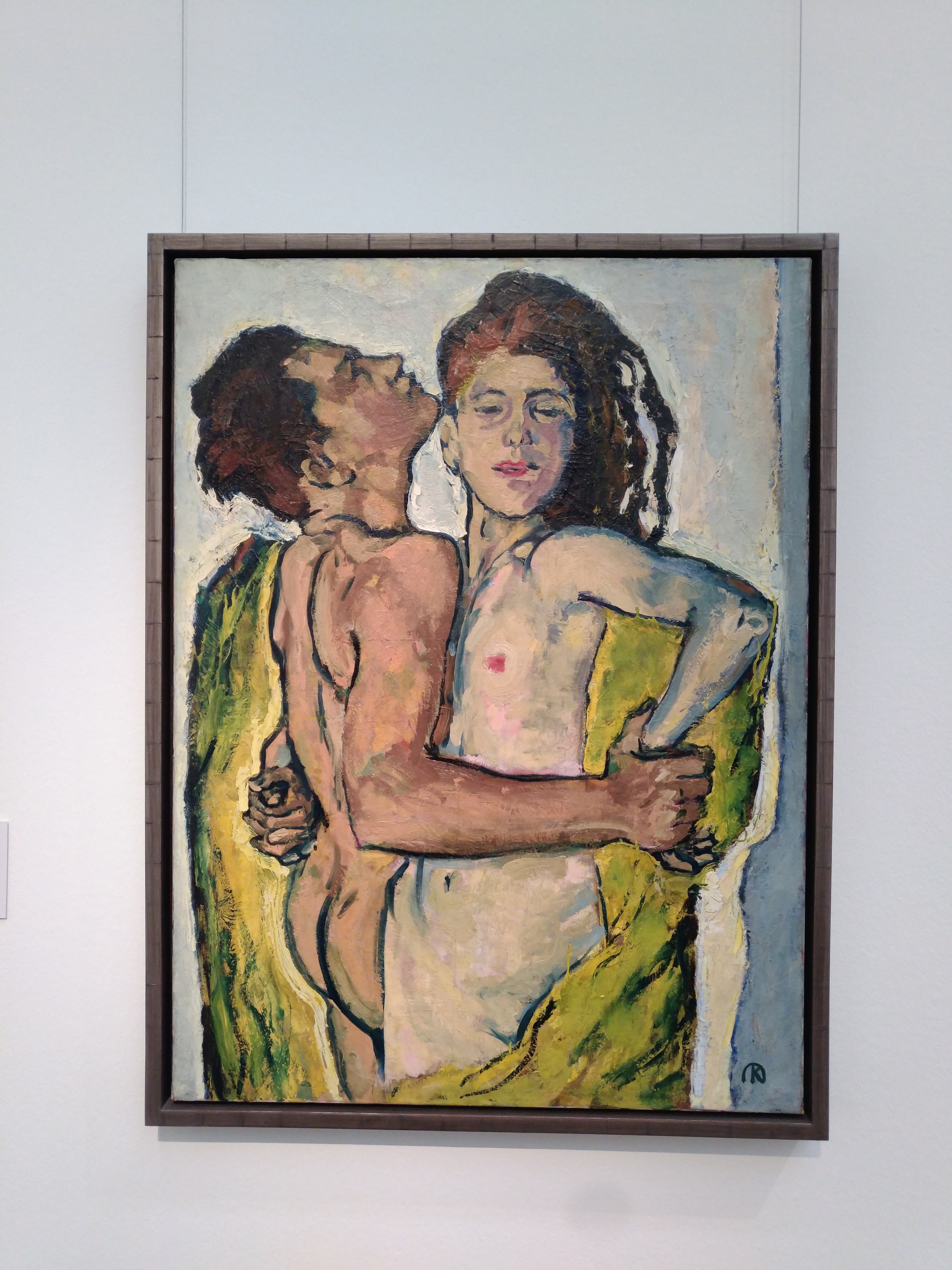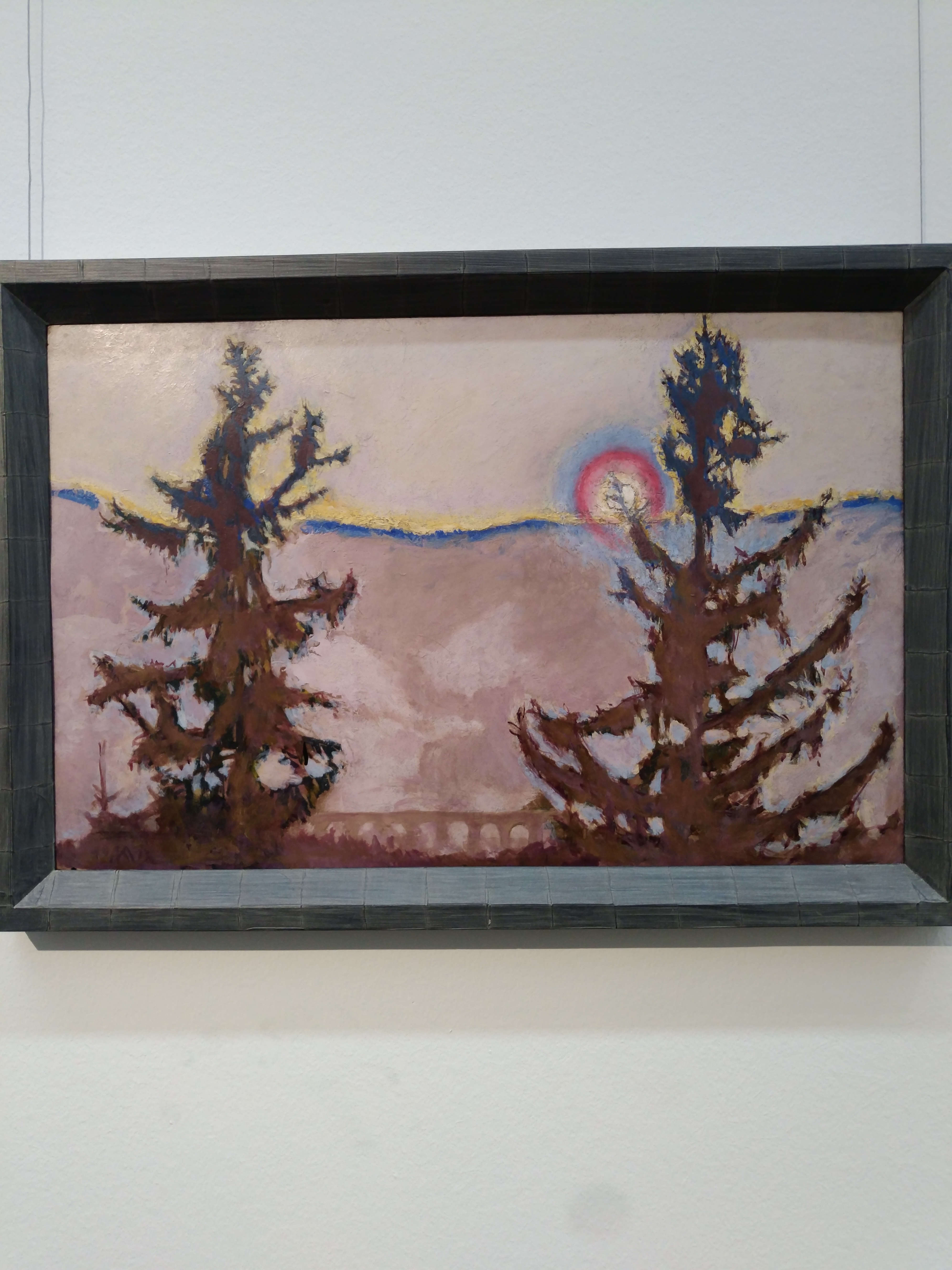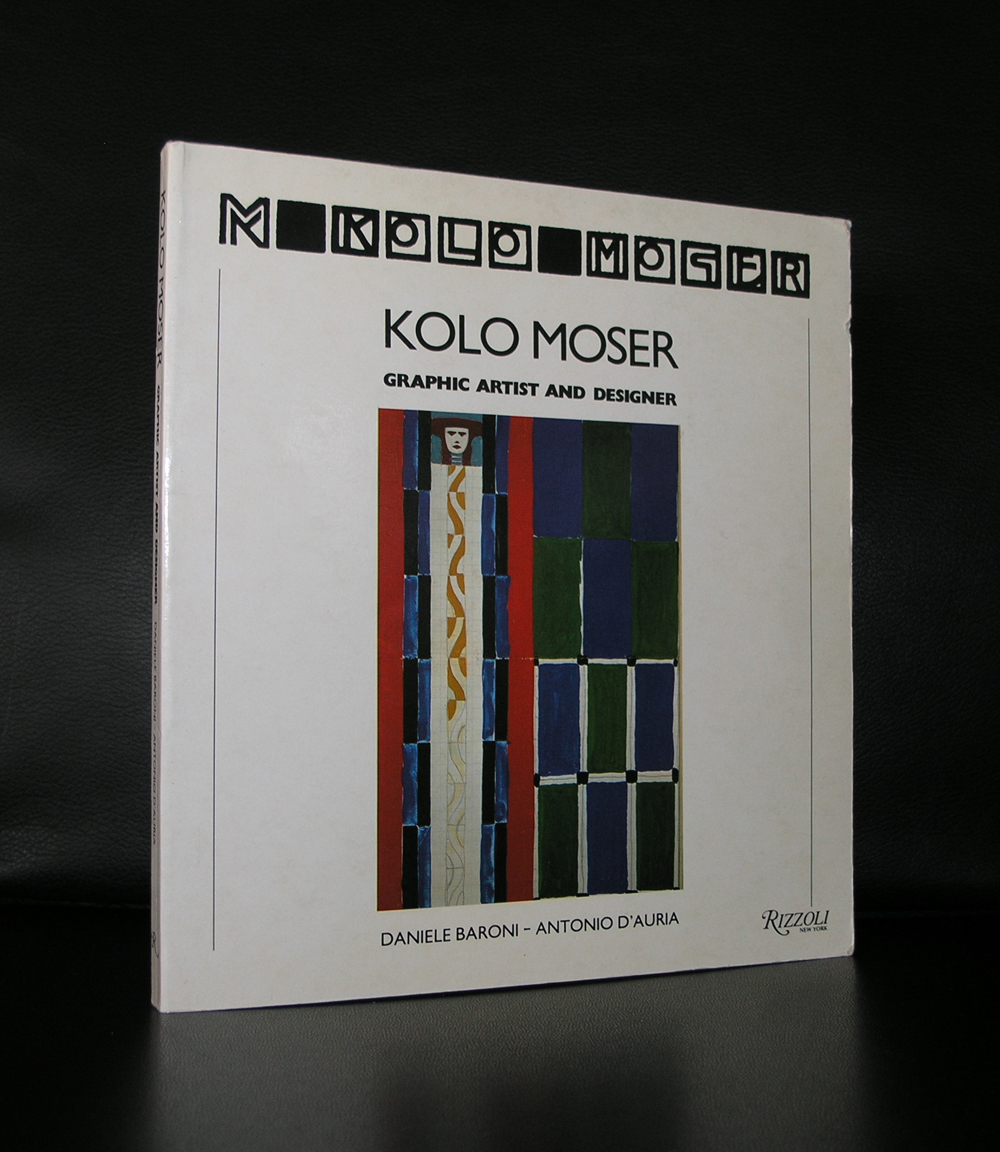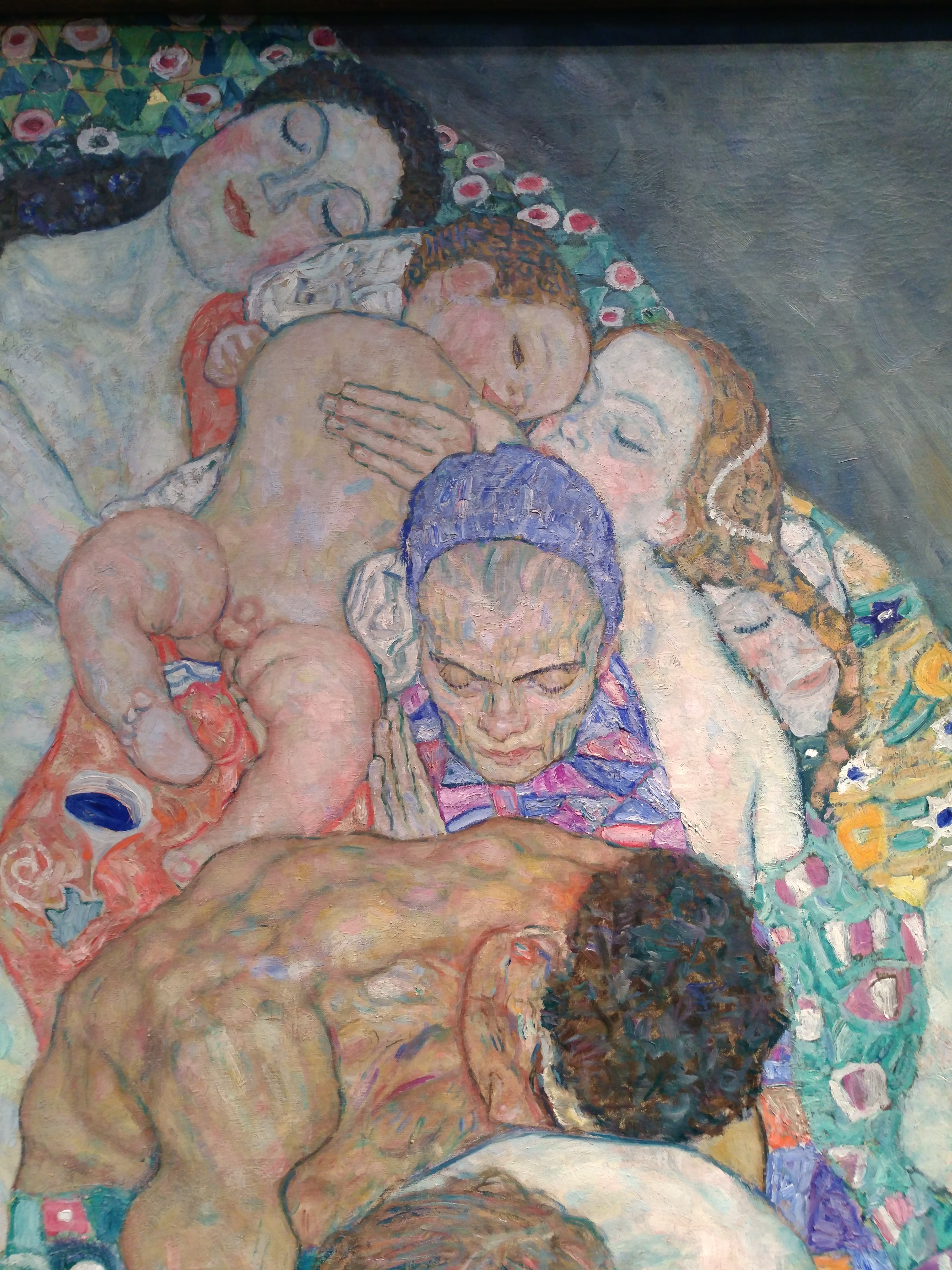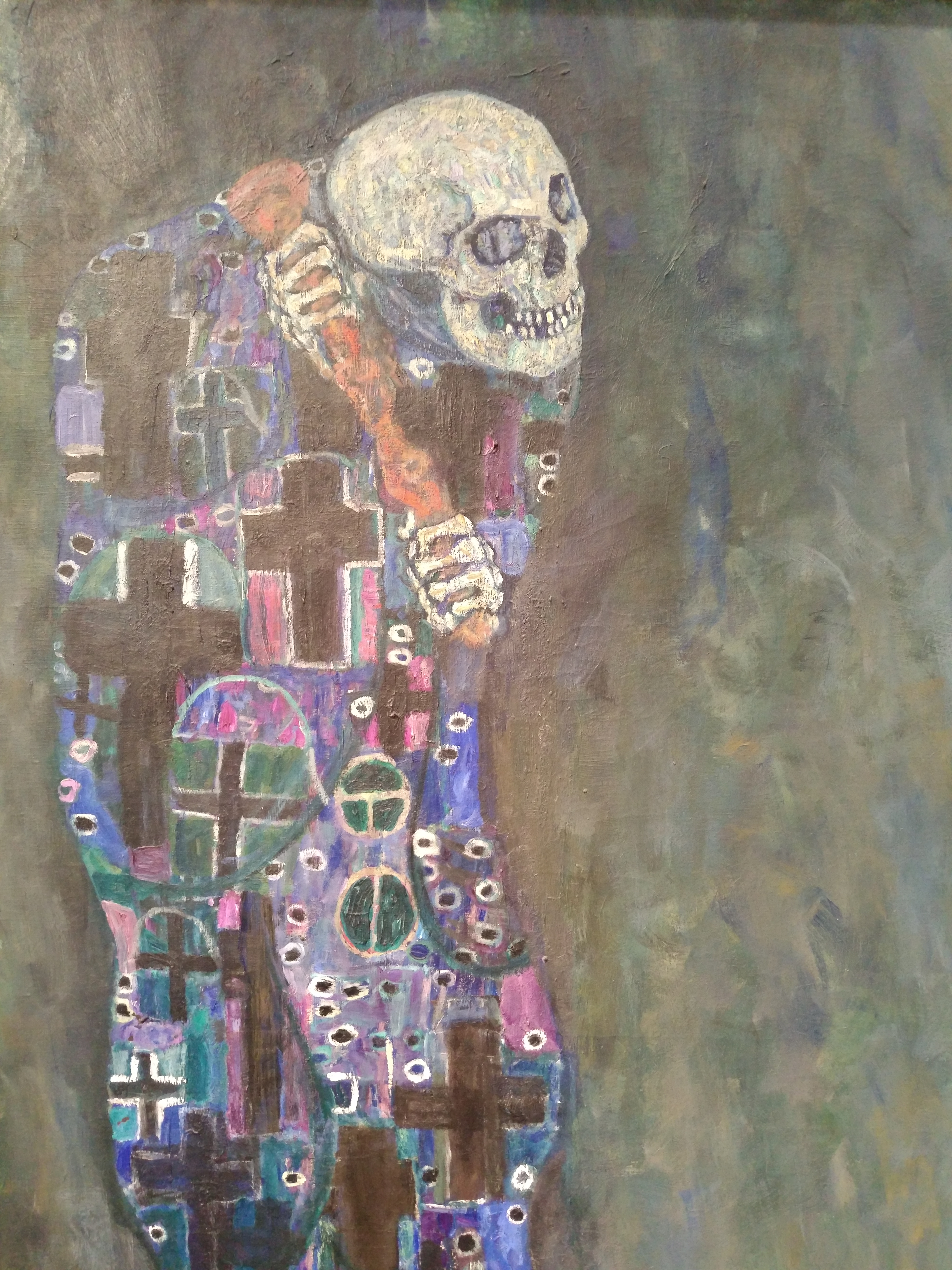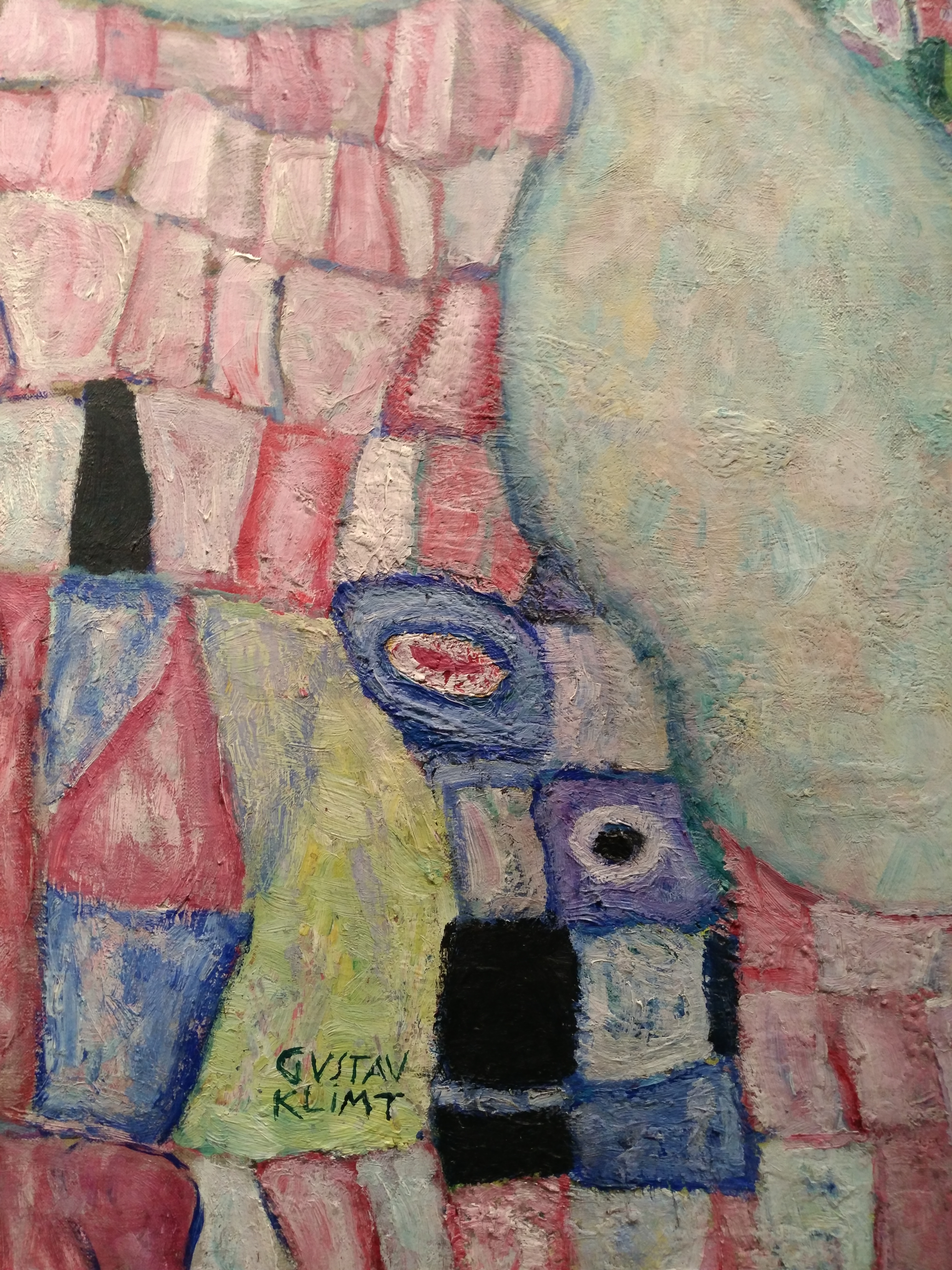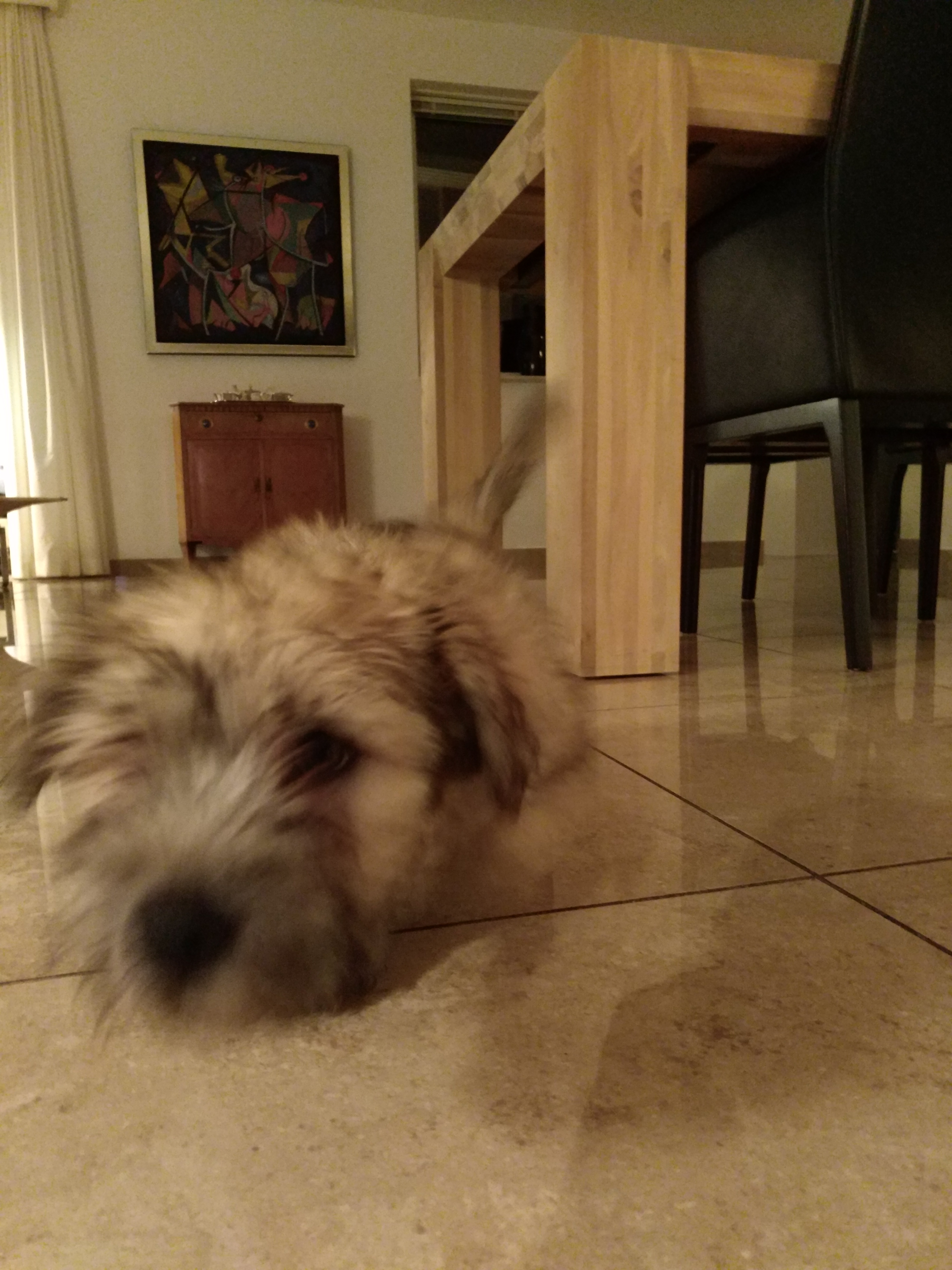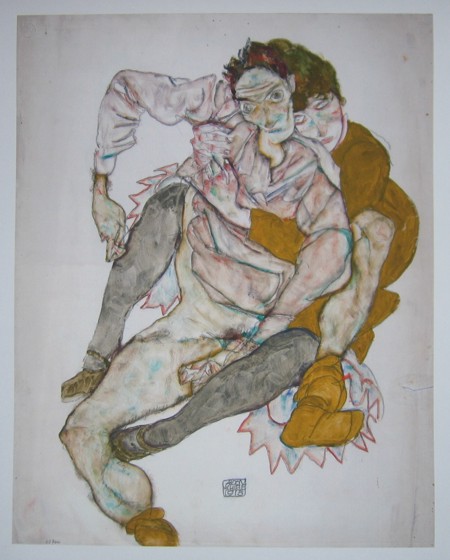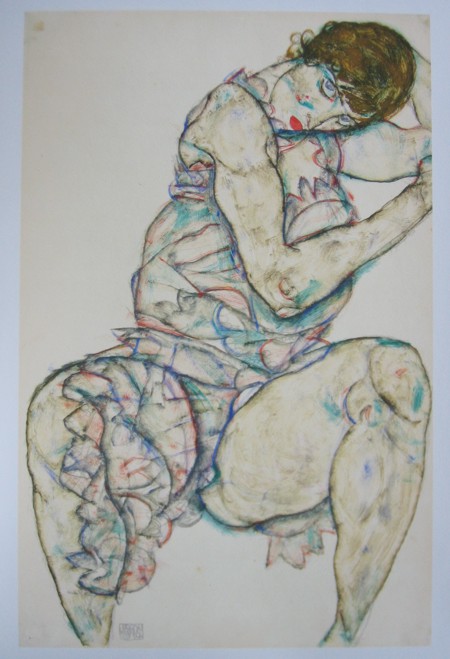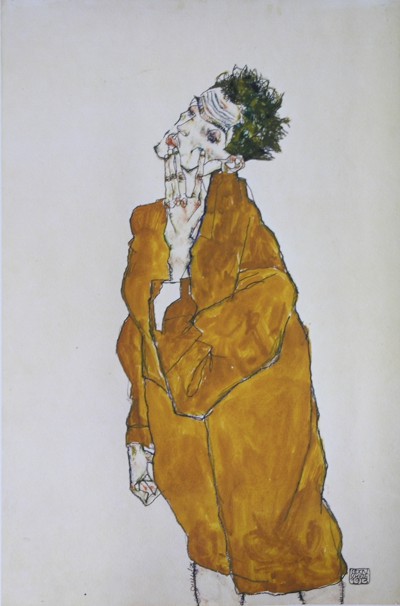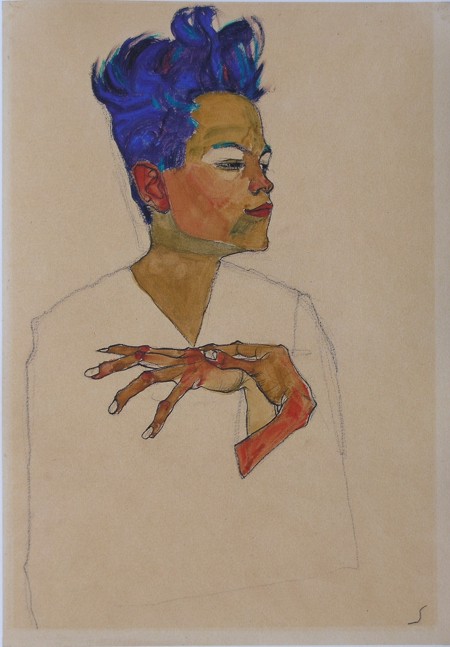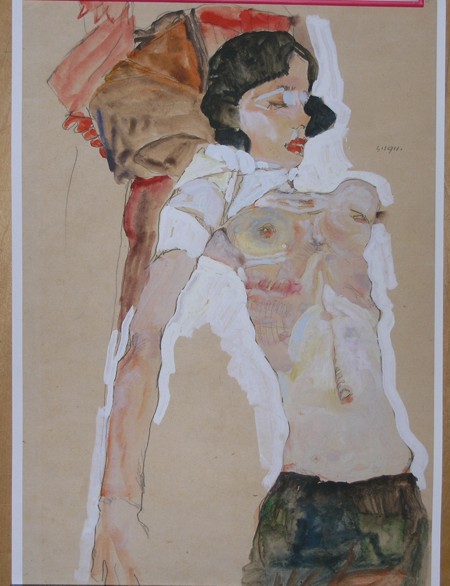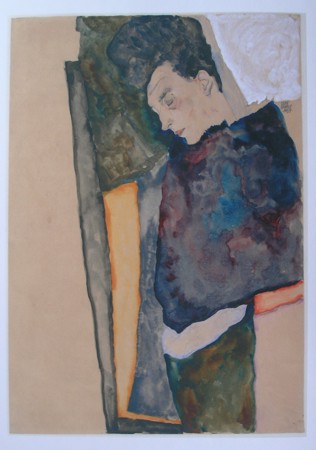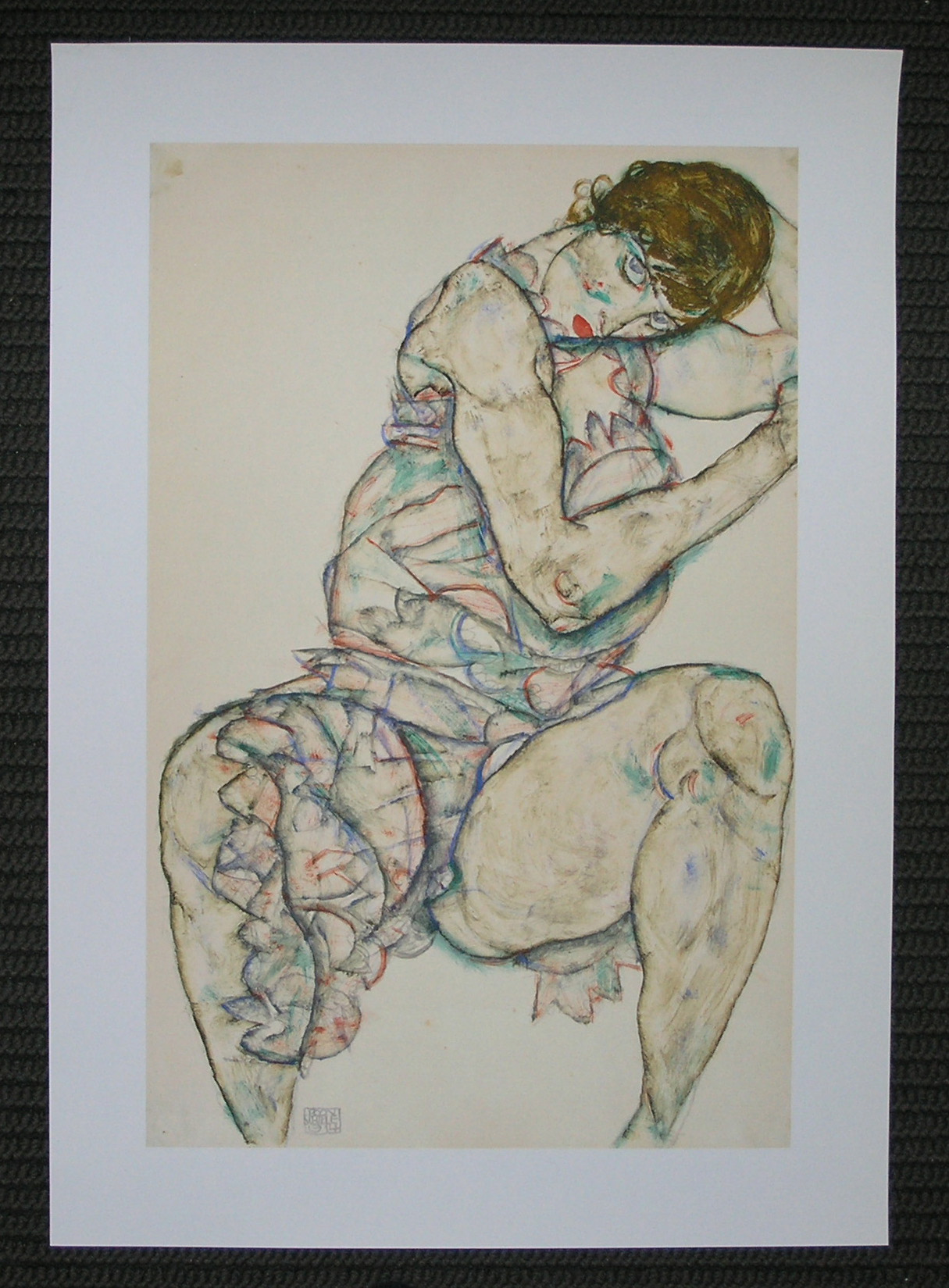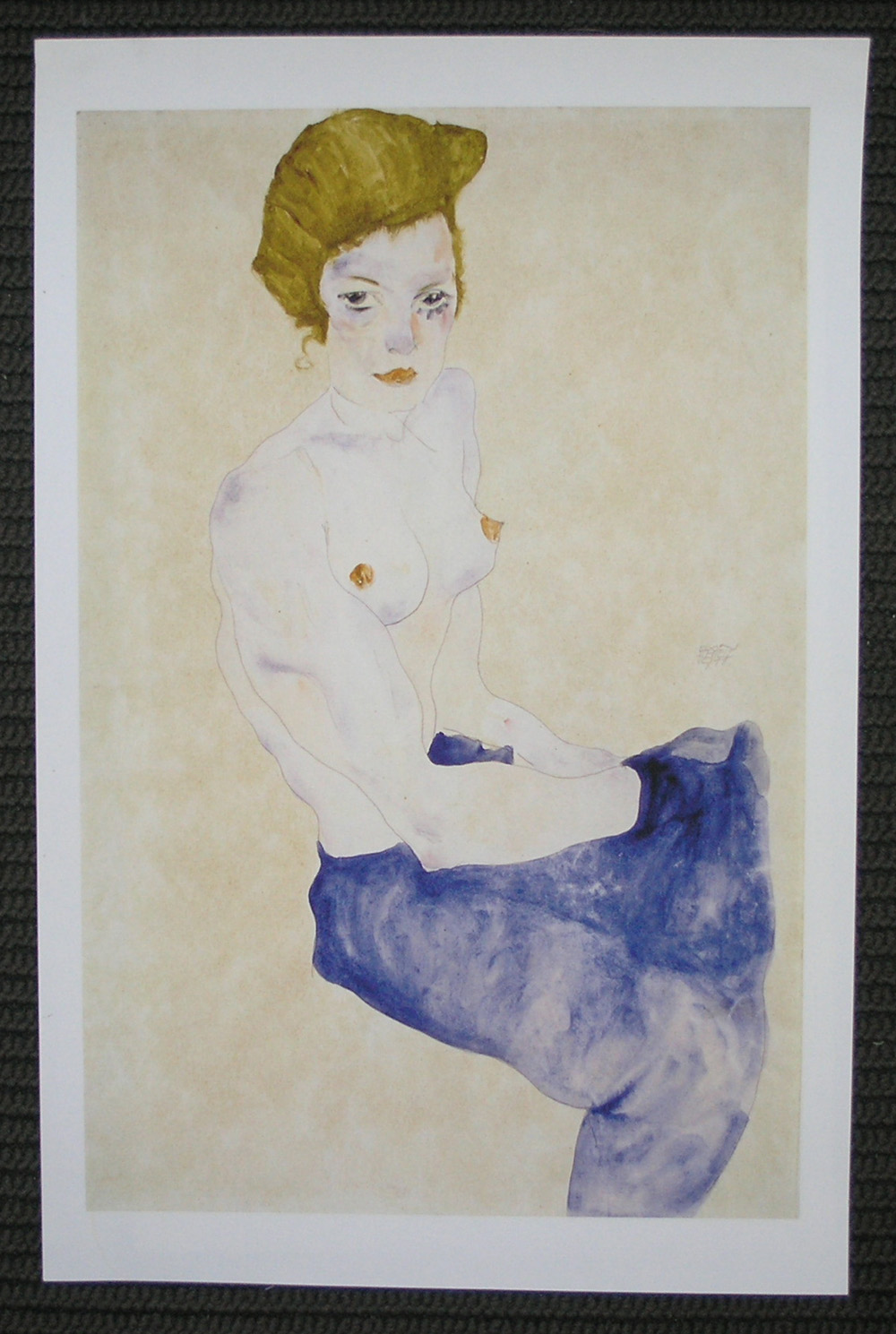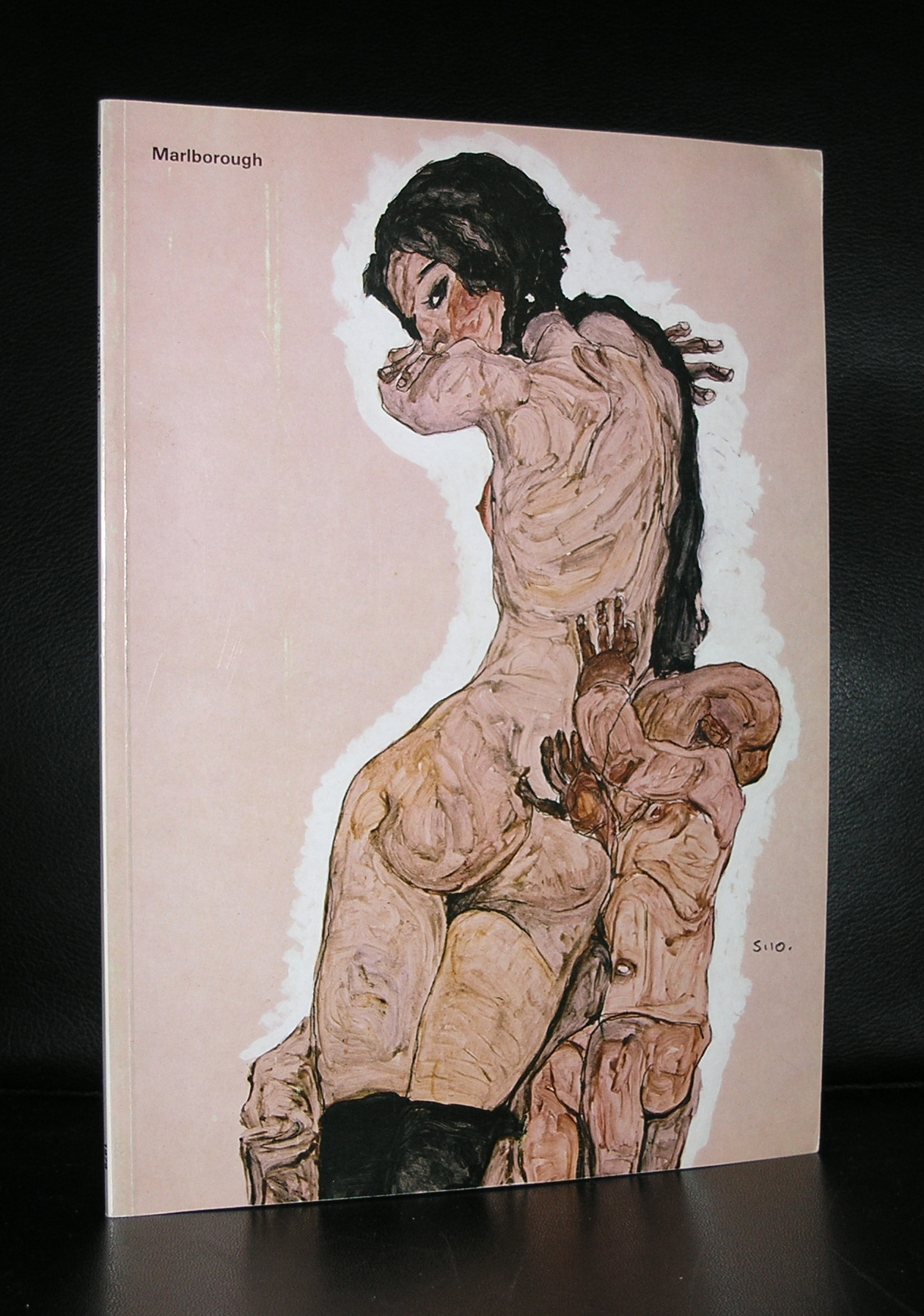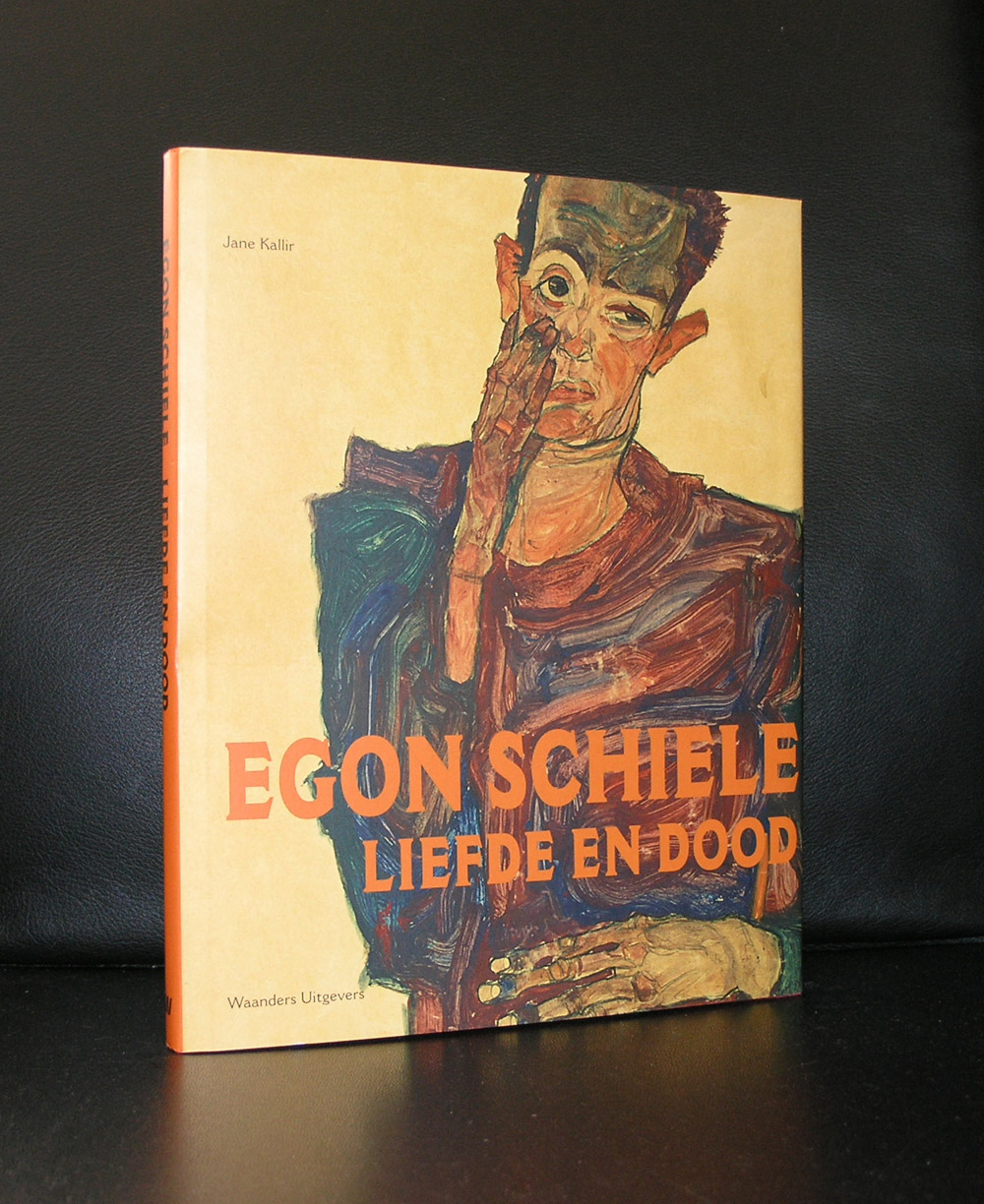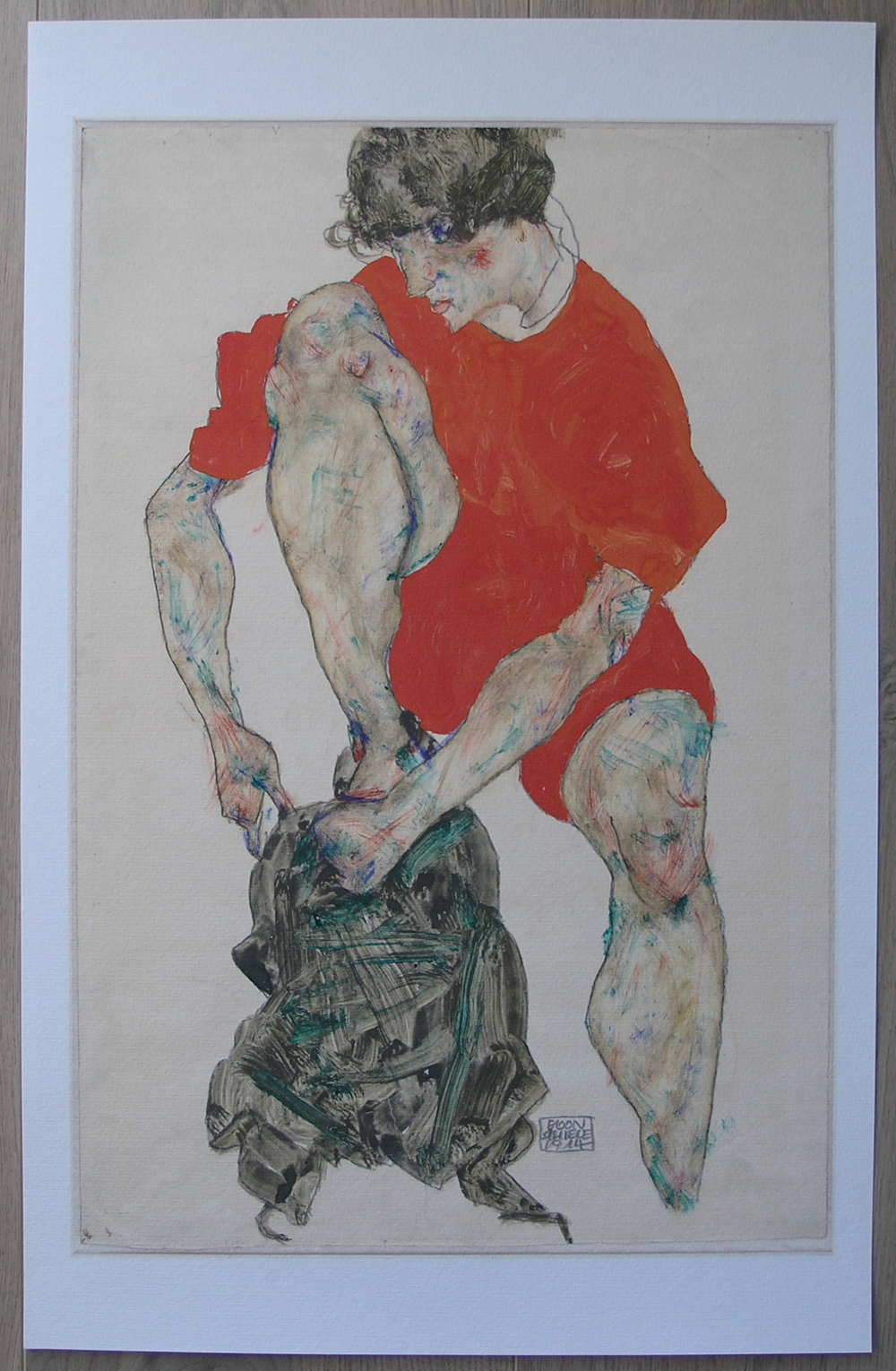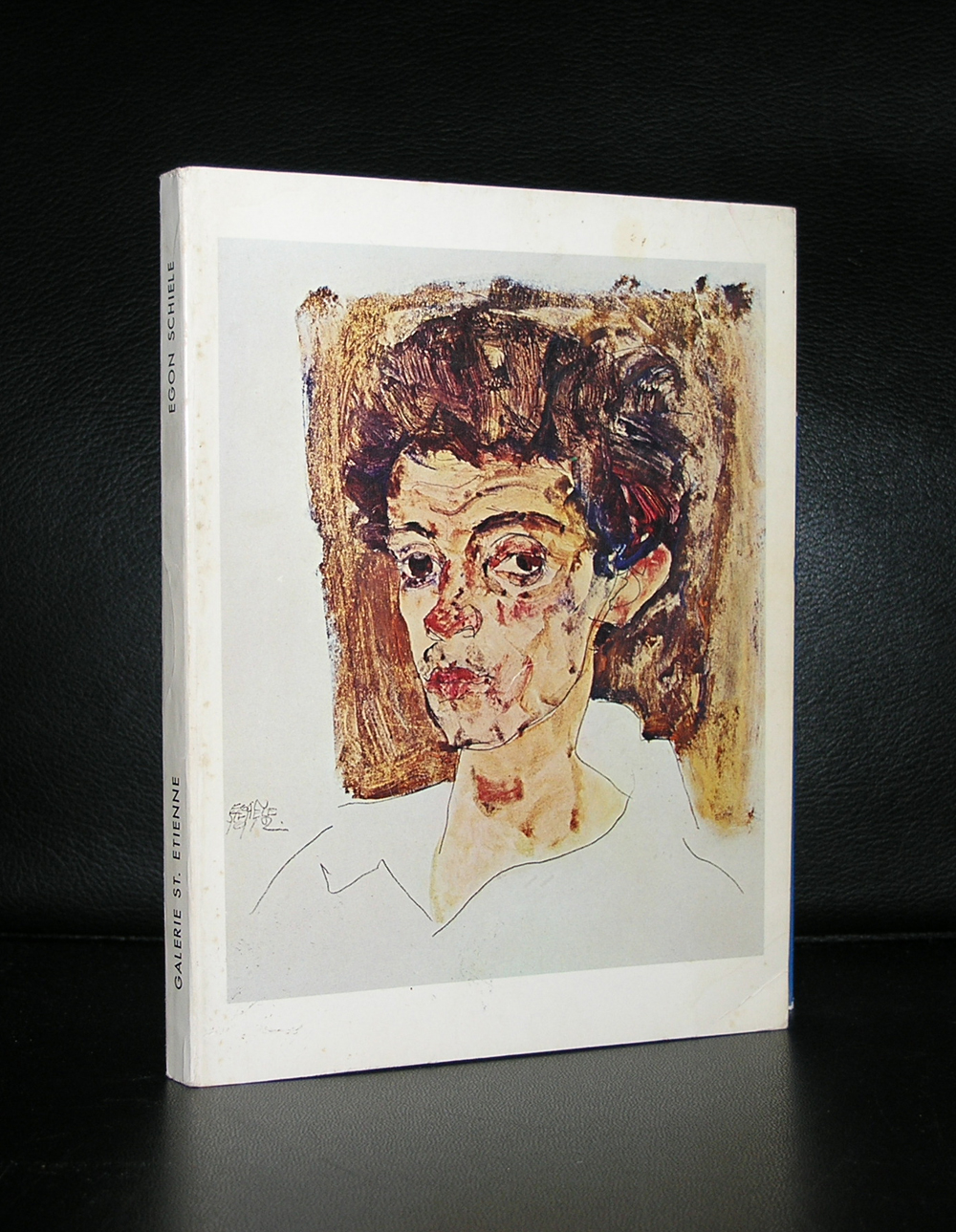
The subtle, frivolous drawings do not give away his true nature. His eyes portrayed like modern Art Nouveau posters, with graceful lines, twisted fairytale figures, and pretentiously gazing fashion models, just like his fellow countrymen Egon Schiele and Gustav Klimt had represented half a century earlier. However, Günter Brus was one of the most intense performance artists of his time, the 1960s, and a pioneer for generations to come. The Austrian passed away last weekend at the age of 85.
After his time at the Academy of Fine Arts in Graz and Vienna, he founded the Wiener Aktionismus in 1964, together with Otto Muehl, Hermann Nitsch, and Rudolf Schwarzkogler. It was an experimental group of body artists who did not hesitate to physically resist against the Austrian conservatism, good taste, and the lasting, post-war fascism in their home country.
The quartet surely did not create art for the faint-hearted: anti-bourgeois, shameless, and controversial. Nitsch became famous for his ritualistic slaughters (pigs), crucifixions (humans), and blood paintings; Muehl organized pee contests, managed a commune (literally), and was accused of child abuse; Schwarzkogler enjoyed wrapping himself, mutilating himself with a corkscrew, and having intercourse with fish and chickens (although the myth about him cutting off his own penis turned out to not be true).
The pinnacle of Brus’ oeuvre is his public performance in 1968, in which he sings the national anthem while masturbating, smears himself with feces, and drinks his own urine (which he then vomits back up). This results in a six-month prison sentence and a ban from Austria. He fled to Berlin, where he remained in exile until 1976.
He started quite moderate, actually. In 1960, he painted himself, his wife, and his studio with black and white paint. From self-painting to self-mutilation, the work gradually evolved. Culminating in his last action, Zerreissprobe (1970), where he cut open his own skin with a razor.
Using the body as a “canvas” has become common in the art world since the Viennese actionists. Just look at Marina Abramovic, who in one of her performances, used a razor to cut a communist star into her own stomach. Thanks to her and other performance artists, the work of Brus (and his colleagues), despite controversies and convictions, has become acceptable again. And what was once unthinkable: in 1996, he received the prestigious Großer Österreichischer Staatspreis. But by then, he had already turned to “proper” drawing.
www.ftn-books.com has a substantial selection of Brus and Wiener A§ktionismus publications.









